How we test juicers: inside H&G's test kitchen
Here are all the details for how we test juicers. From green juice to almond milk this is how our experts separate the best from the rest.
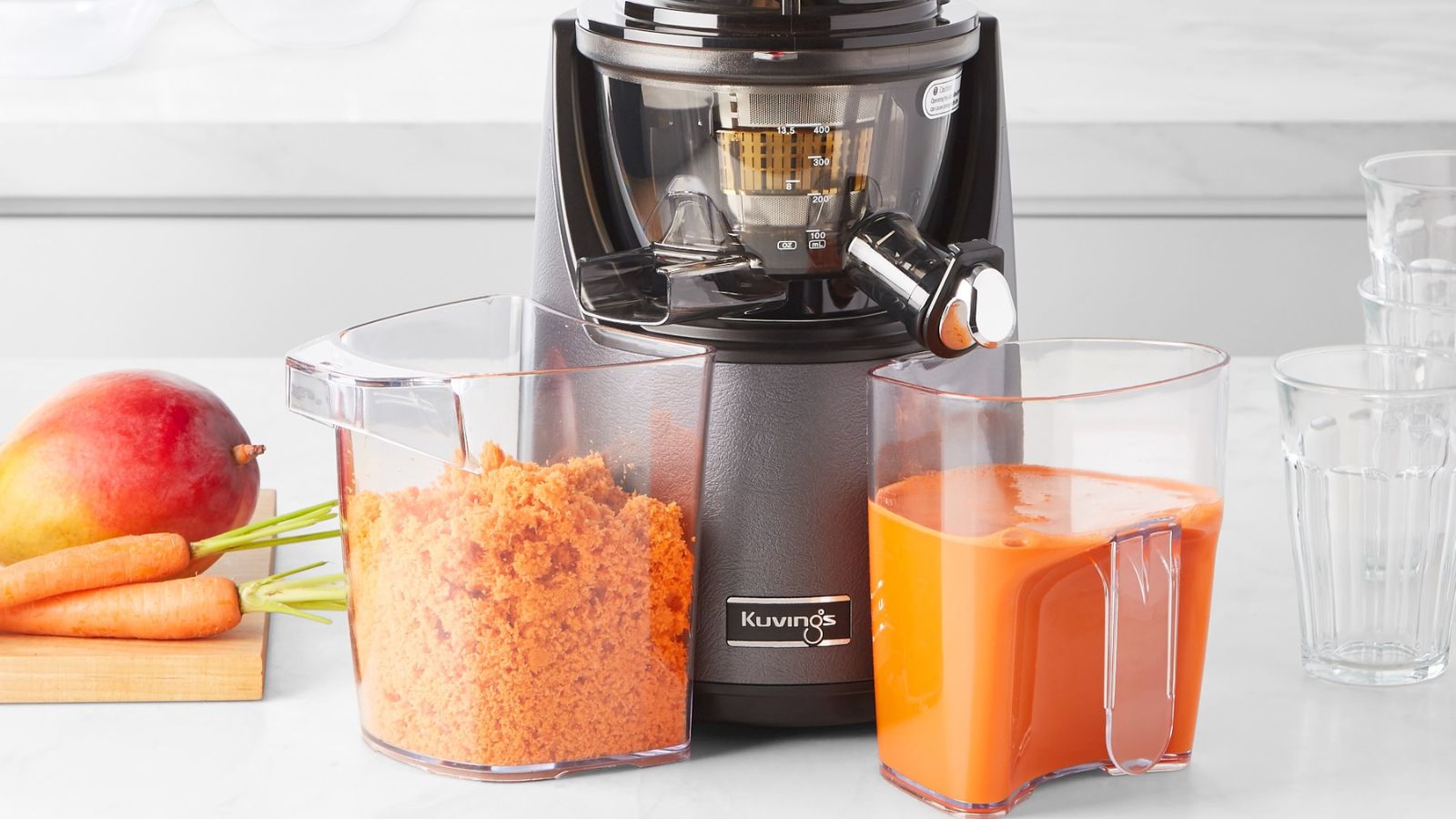

Juicers are expensive appliances, so it’s important that their zest is the best around. That’s why we have a team of dedicated experts who live and breath (and juice) juicers for a living.
We spend our days researching the best juicers, so we can keep our juicers buying guide and our readers up to date on the latest and greatest that the market has to offer.
As with all of our testing processes, we have strict processes that every juicer has to go through before it can get an official review and recommendation for our team. Here’s everything that goes on behind the scenes.
How we choose juicers to review
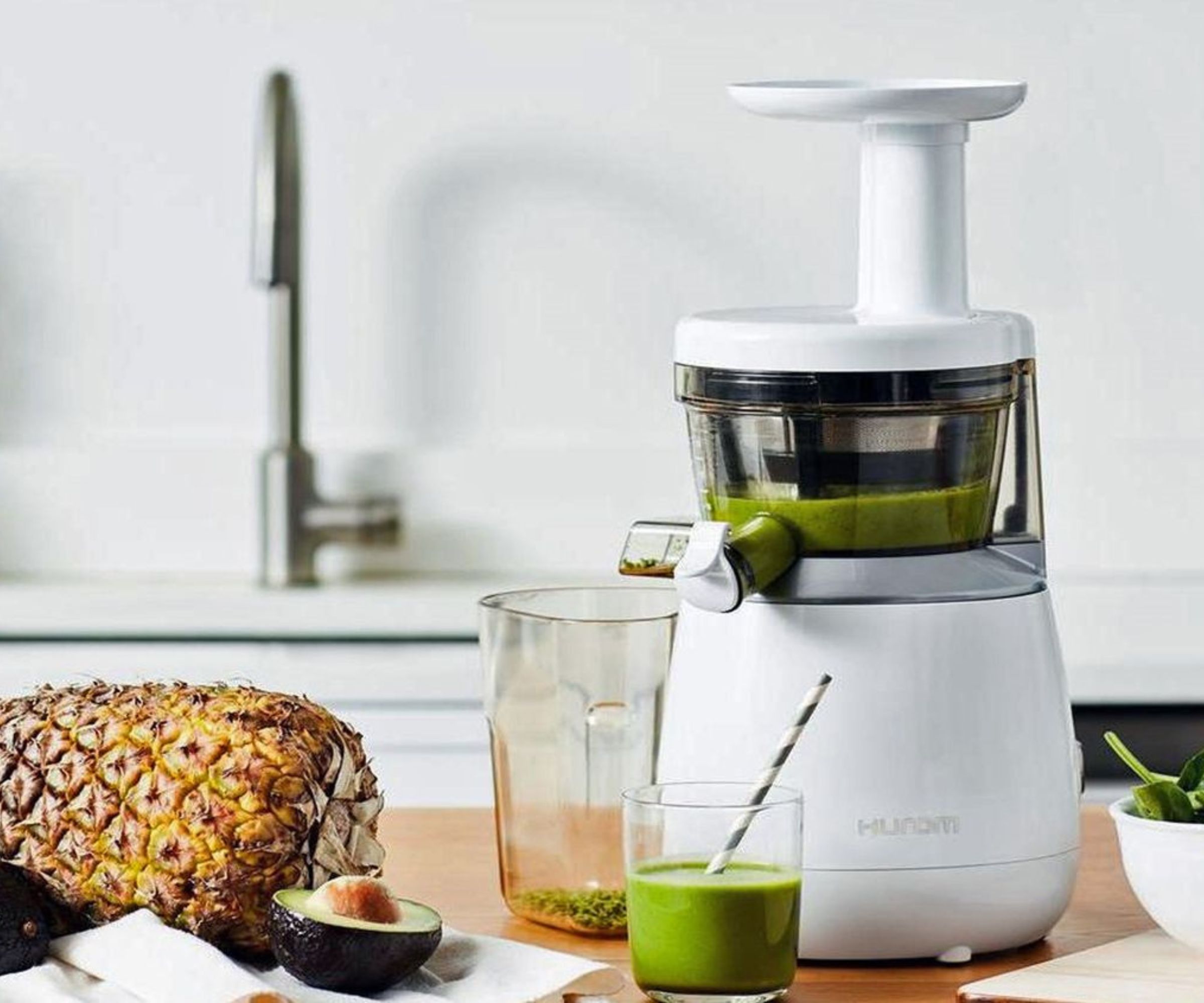
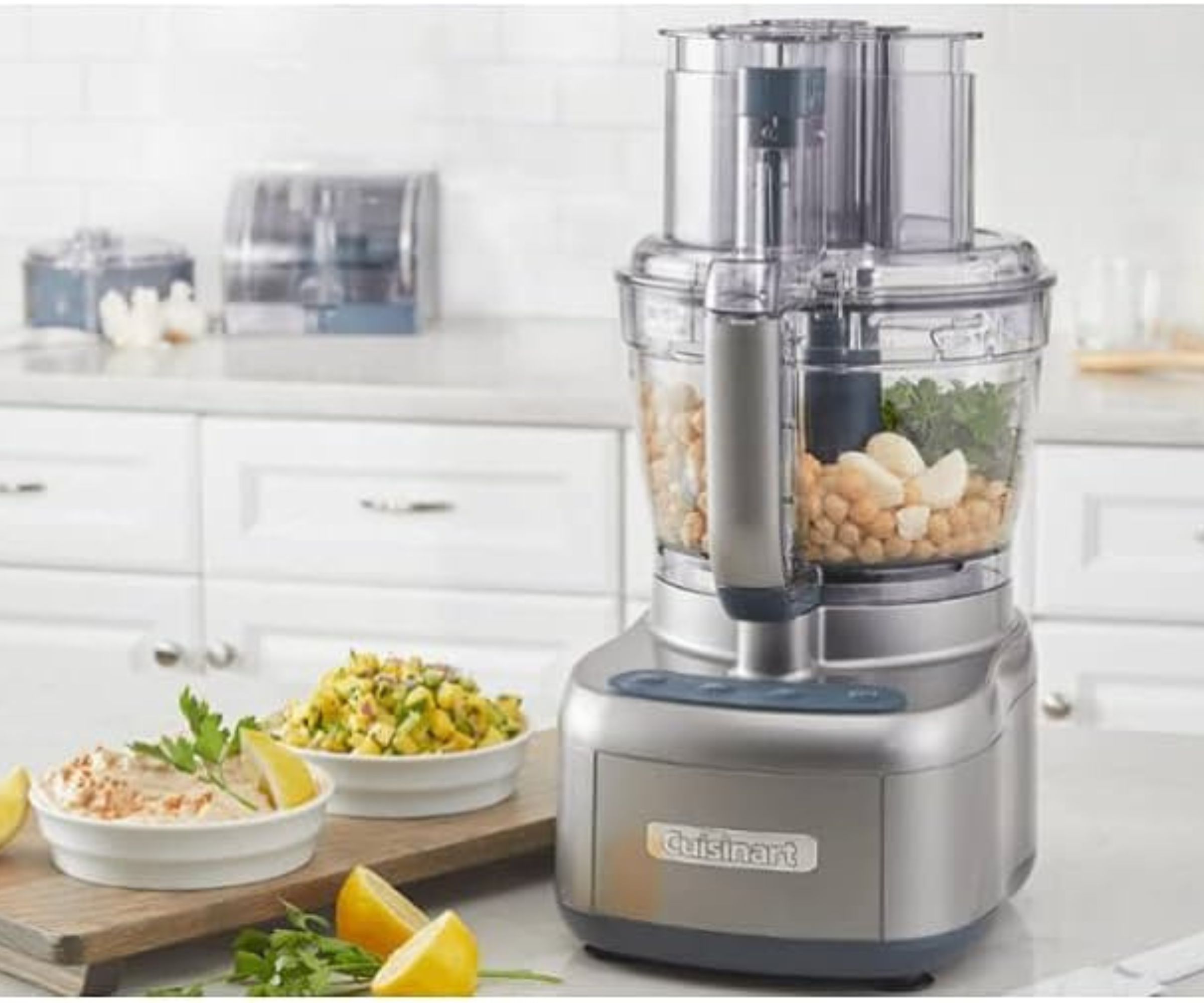
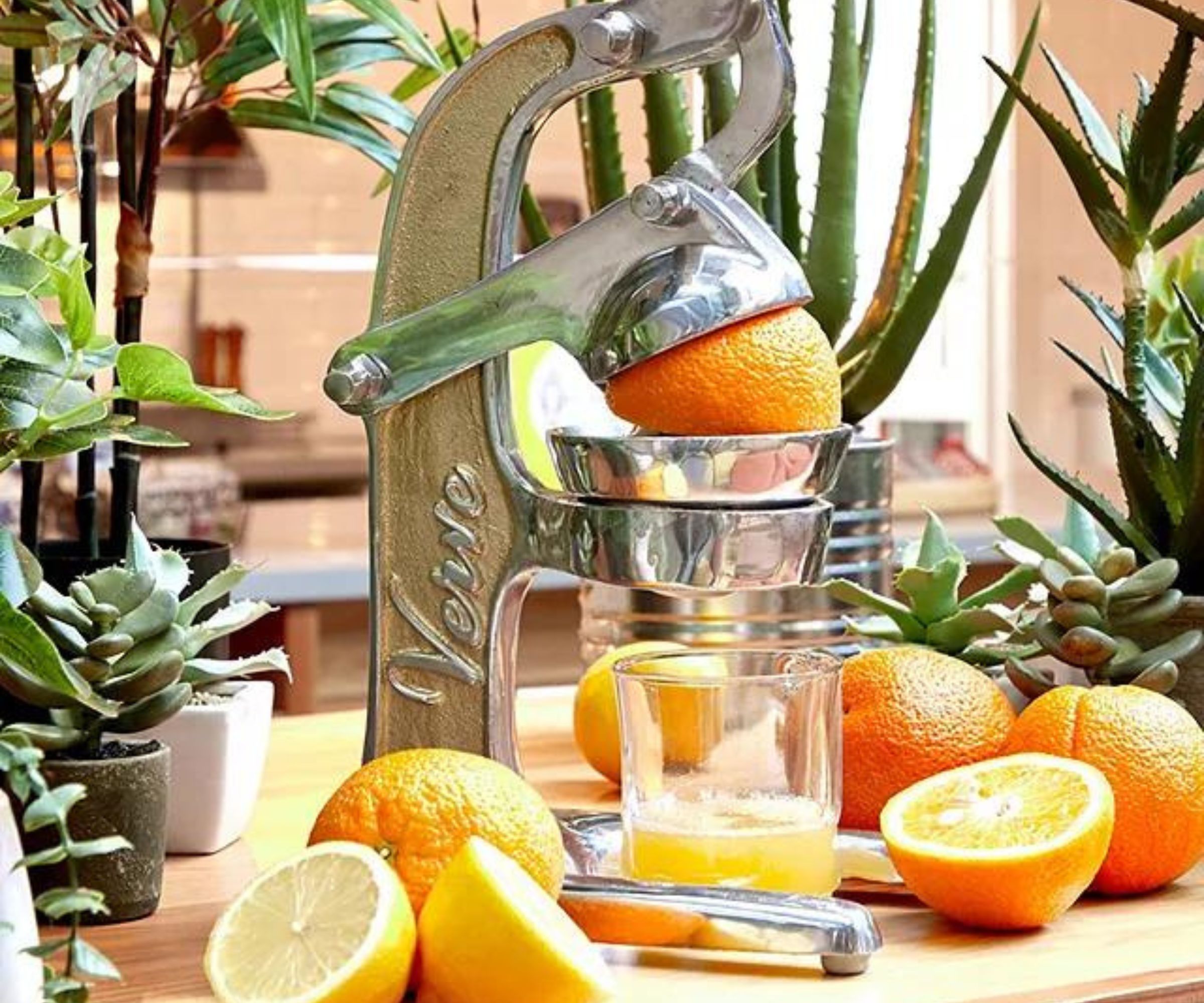
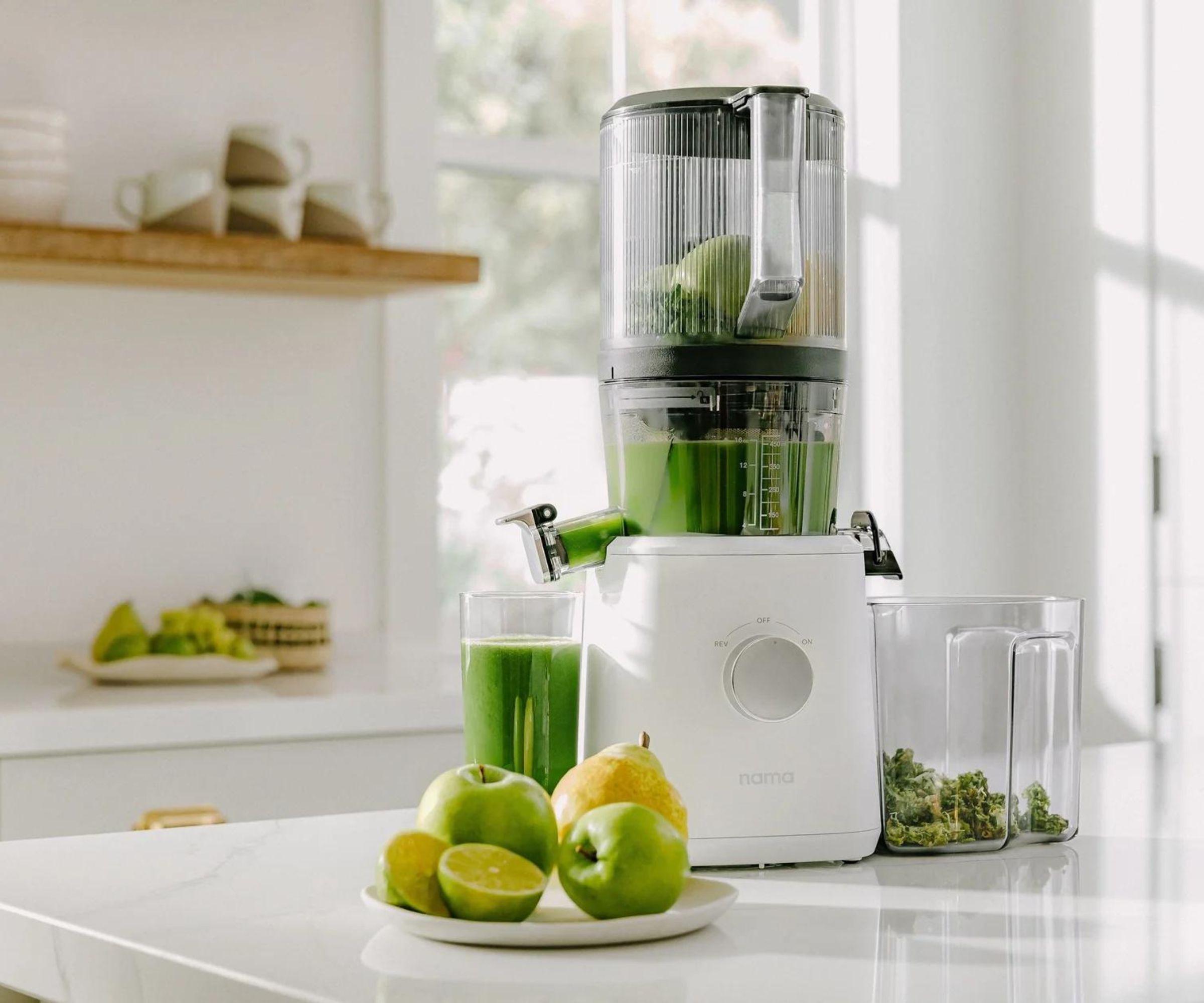
The juicer industry is a non-stop hotbed of innovation. Our experts can hardly squeeze an orange before a new model comes onto the market. That's why we're always researching the best models around.
After taking a look at a product's specifications and reviews, our team decide whether we should test it out. If we think you might like it, we'll get a sample called in to our test kitchen. We review across all price points, from basic, budget fast juicers to expensive, luxury slow juicers.
We've tested the big names in juicing: Kuvings, Huron, and Nama, as well as some more familiar (but less niche) names too, such as Breville, NutriBullet and Smeg. We're always open to looking at smaller companies' juicers too, just in case they can step up to the mark of becoming our latest favorites.
Unboxing
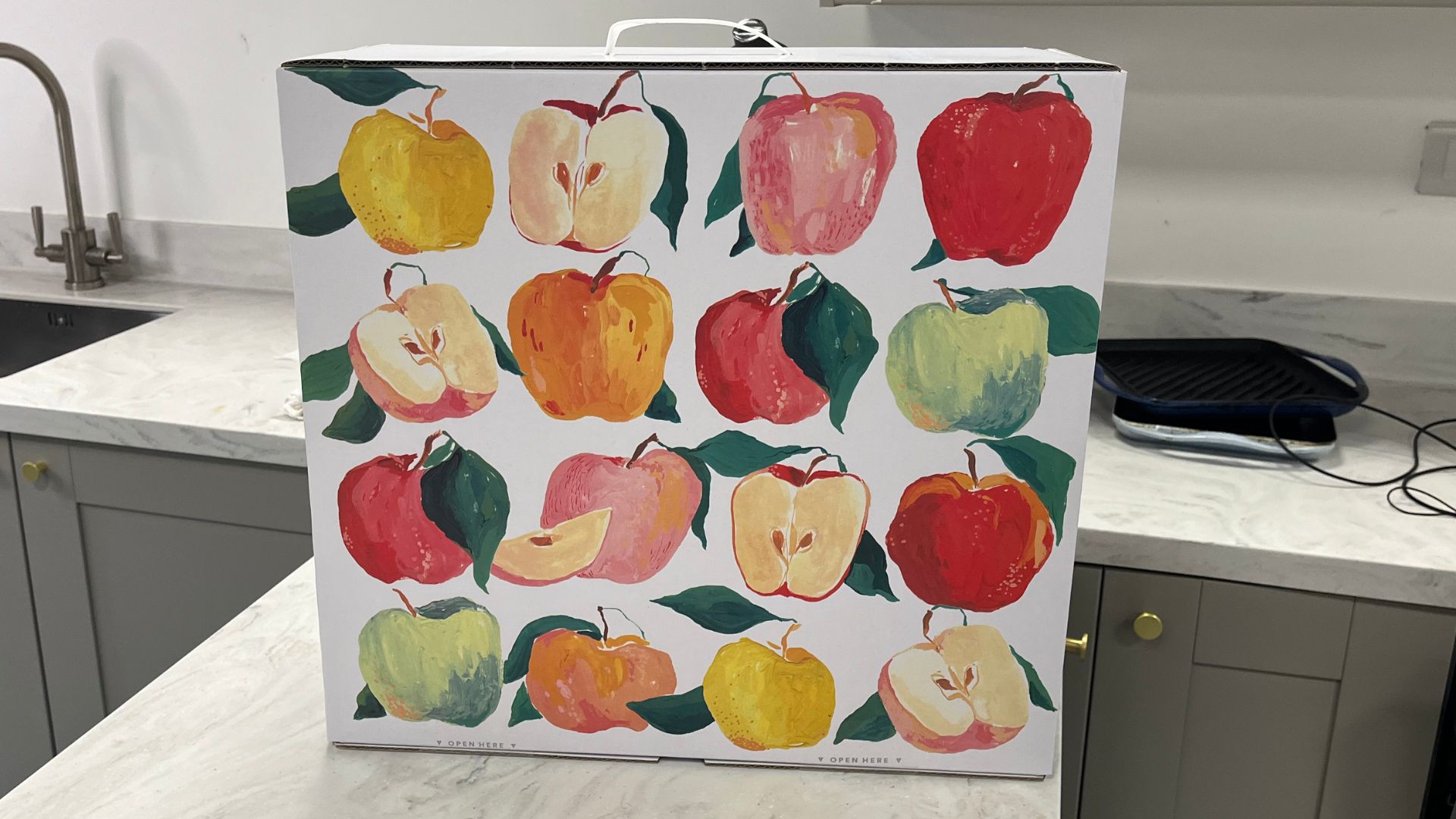
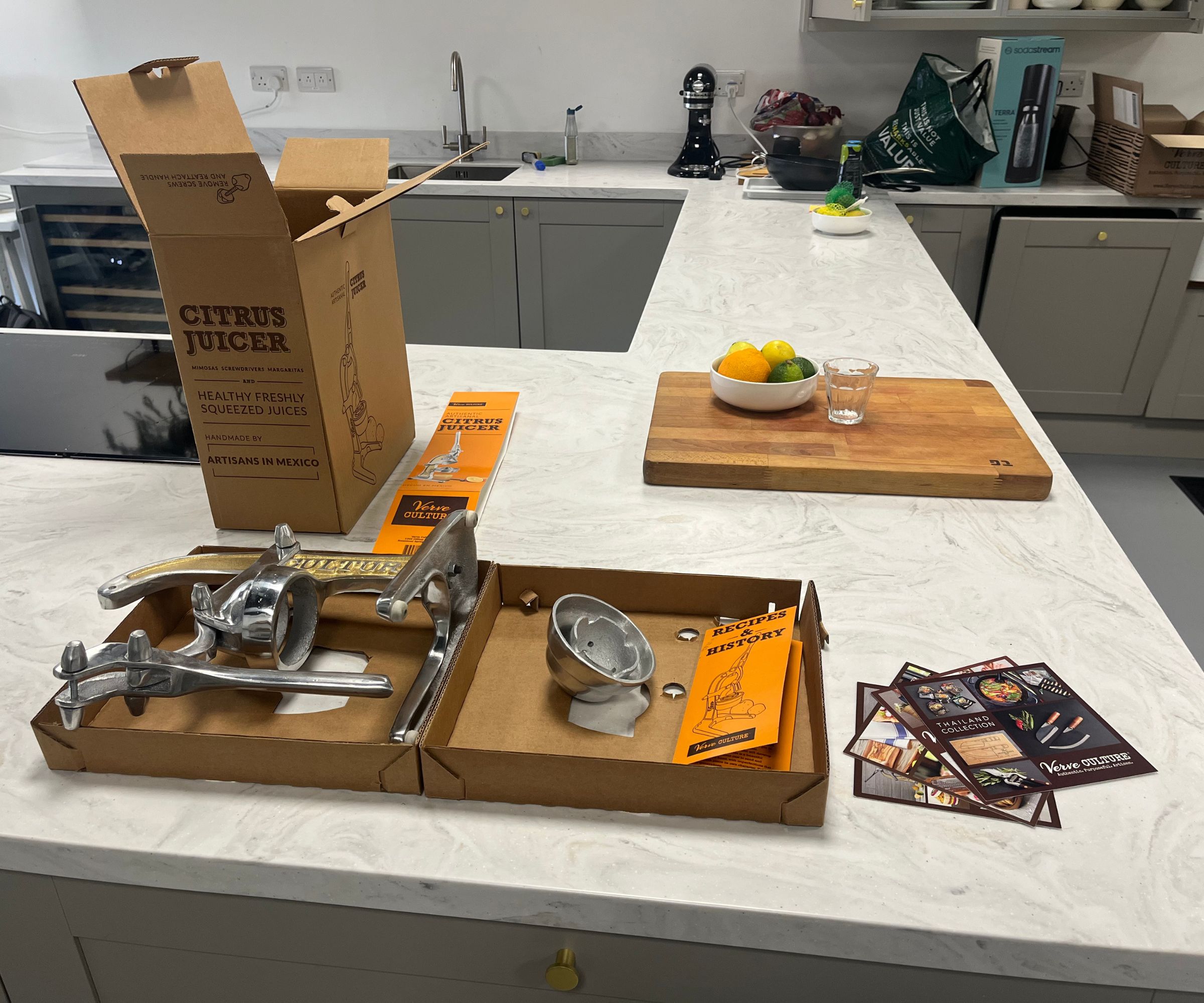
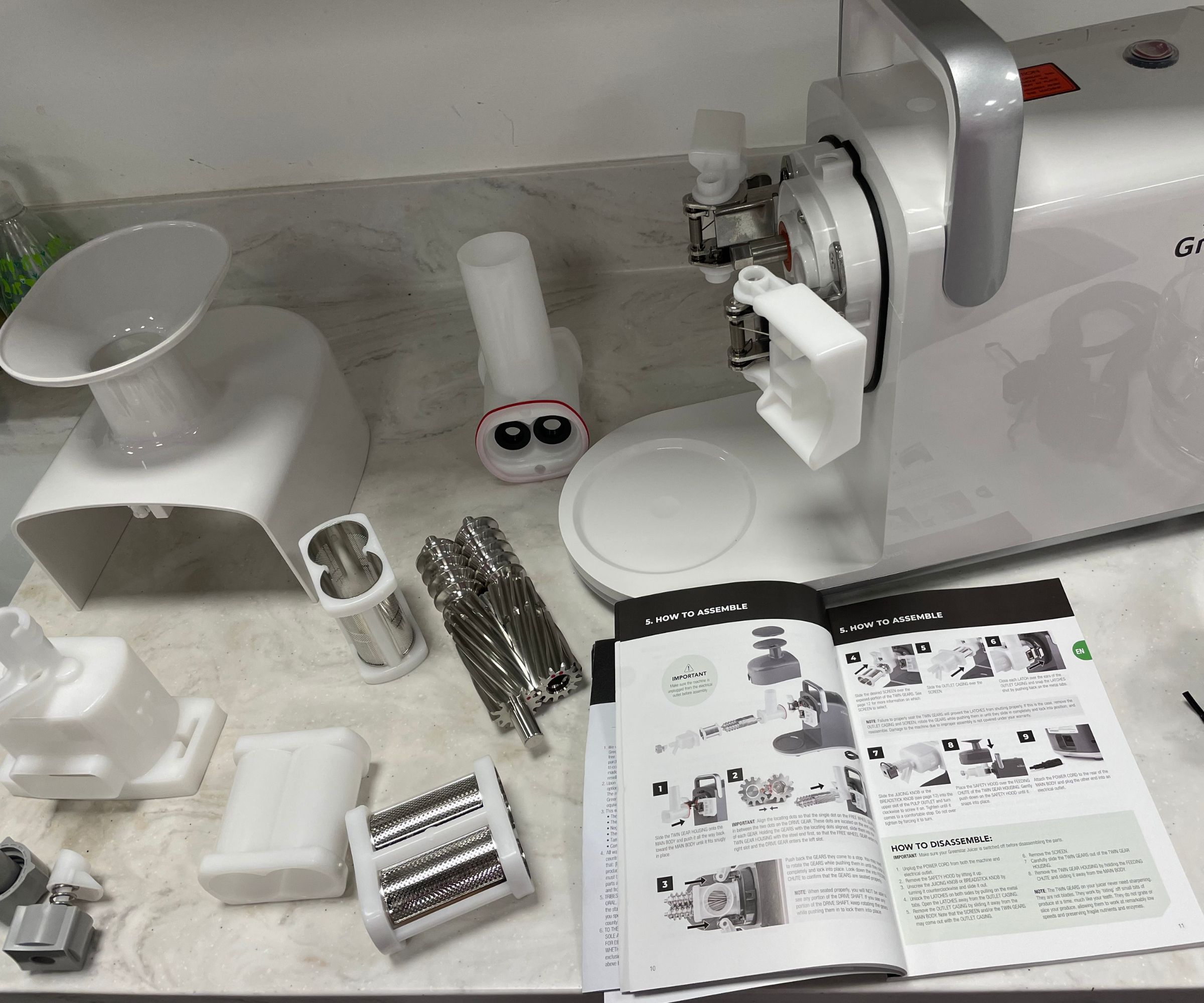

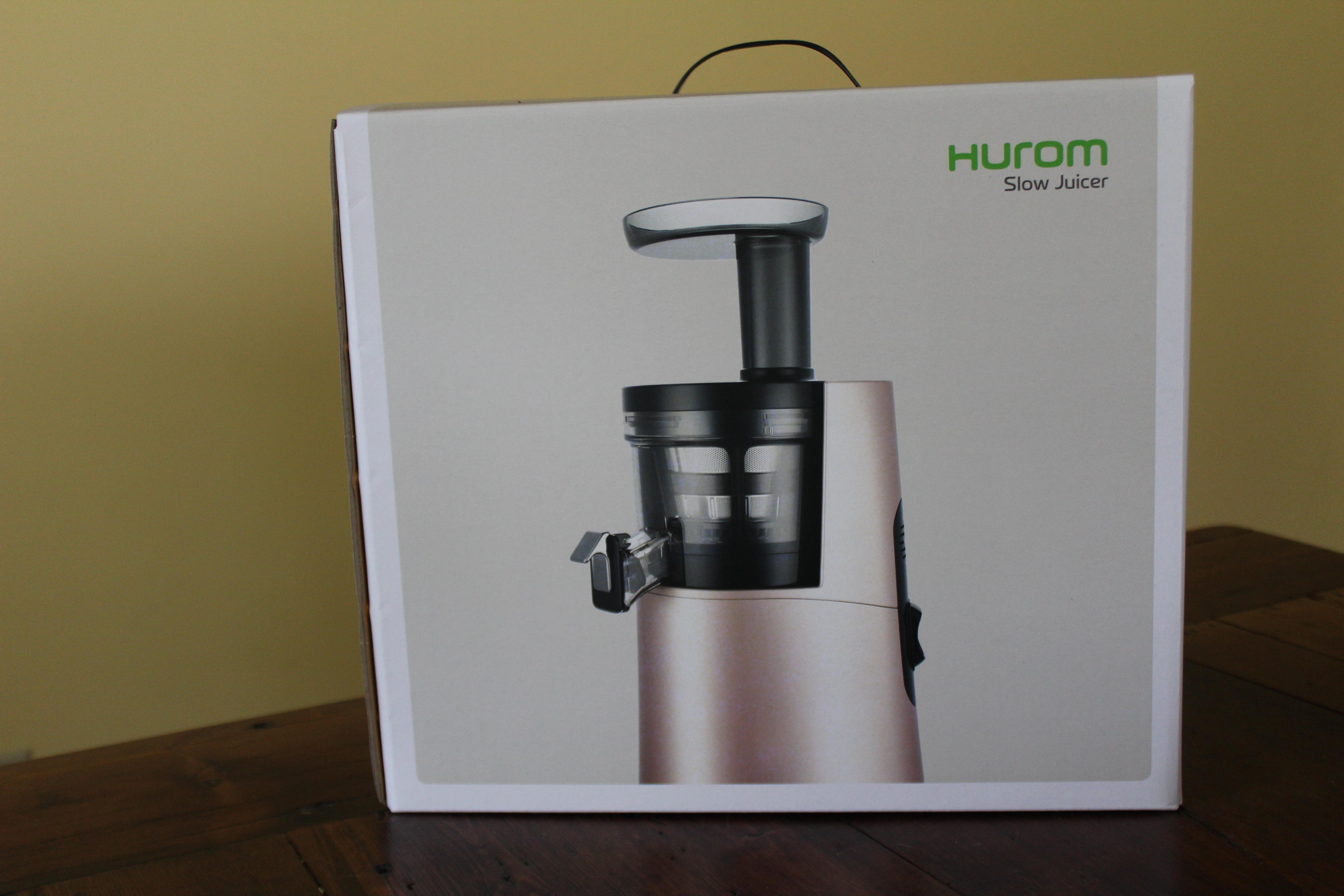
You might not always notice it, but unboxing an appliance has a big impact on your impression of a juicer. These appliances can come in boxes that you don’t want to throw away; they might come with recipe books and useful accessories; and they could arrive assembled. There’s a flipside to all of those too: the packaging might not be easy to dispose of and all the parts might be overwhelming.
Either way, our team make notes on the whole unboxing process, including our first impressions of the appliance: how it looks on the countertop, what assembly is like, and any prep work you need to undertake. We don’t think any part of your juicing experience should come as a shock or surprise, so we’ll tell you everything you need to know about our introductions with the juicer.
Test 1: Orange juice
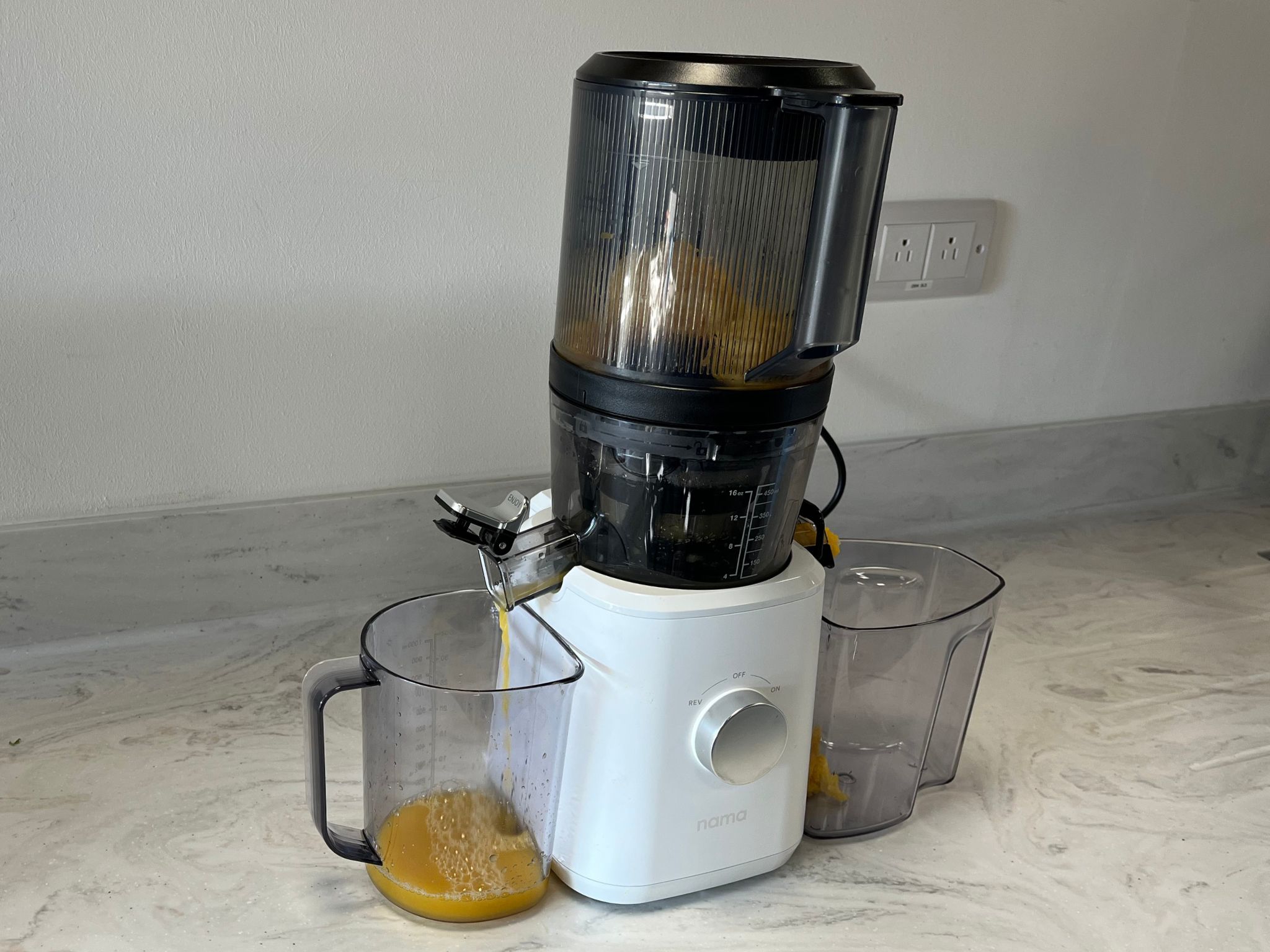

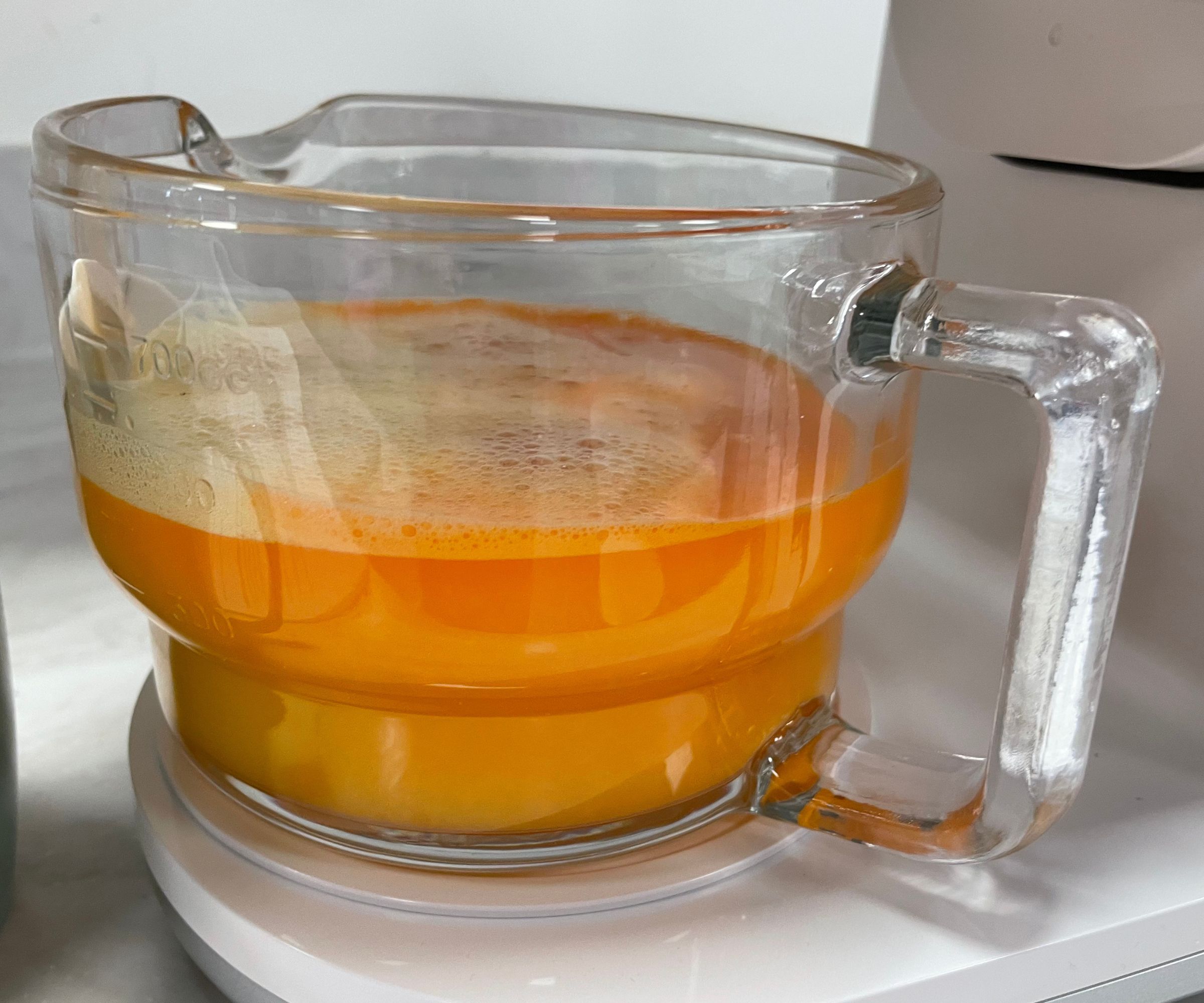
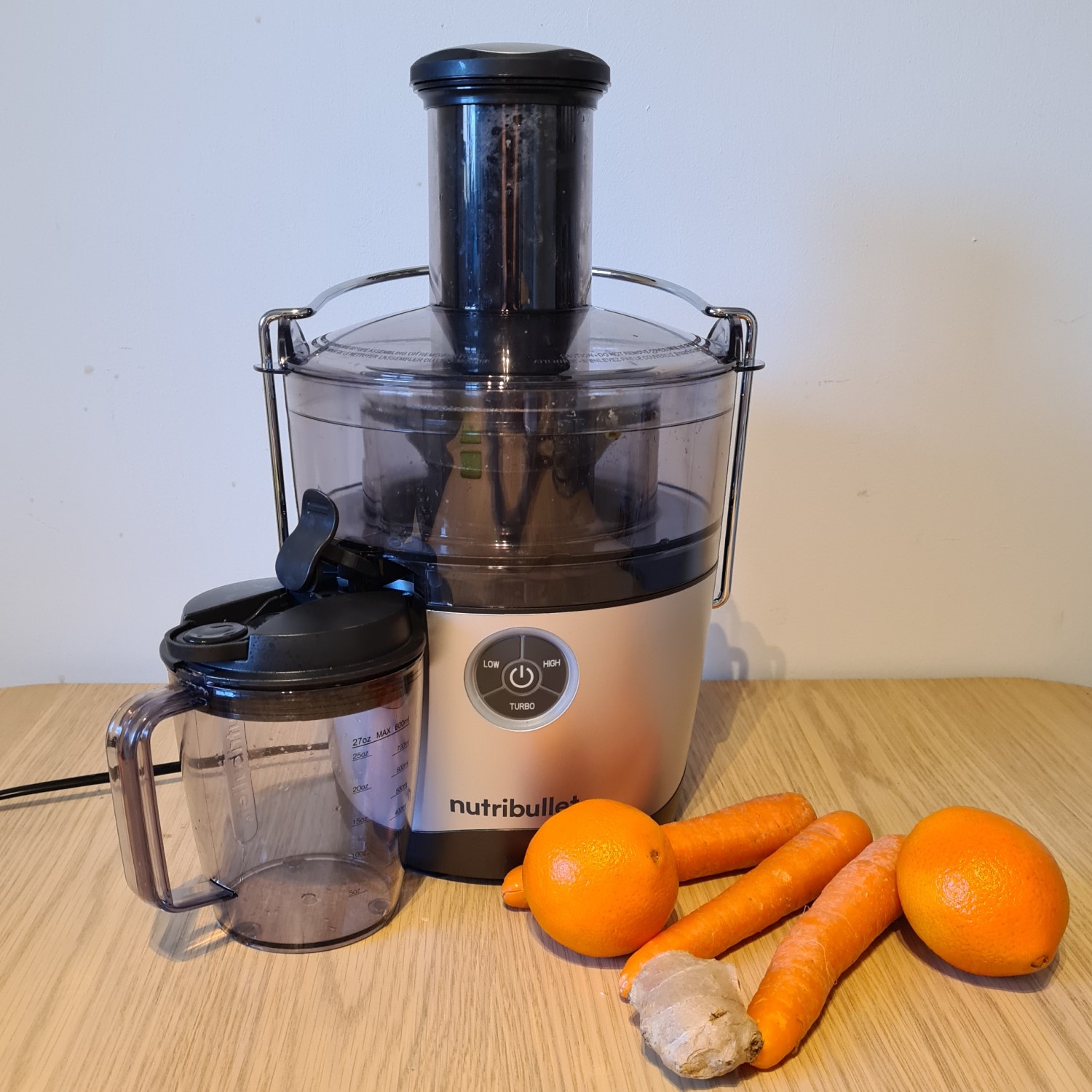
The first test we give any juicer is orange and carrot juice. This is a classic, but there are still so many methods you could follow. We’ve had juicers which you can put a whole orange in to and juicers which need to be fed an orange segment by segment.
Orange is a soft fruit with a high yield, so it should be quite a straightforward task (aside from a few bits of skin to tackle), so our experts also also throw a carrot into the mix. This root vegetable tastes great with oranges, but is a completely different texture and might throw a juicer off. You may need to cut it in a specific way, add it separately, or it might be able to go in whole. Whatever you need to do, it’s always good to know in advance.
In total, we use three large oranges and one large carrot to make our standard orange and carrot juice. Once a juicer has squeezed its way through both the carrot and the orange, we’ll measure the liquid yield. We also look at the pulp, too. A dry, more compact pulp generally indicates that more juice has been extracted from the orange and carrots. It’s a good visual measure to pair with our glasses of juice, which, of course, we taste to make notes on.
Test 2: Green juice
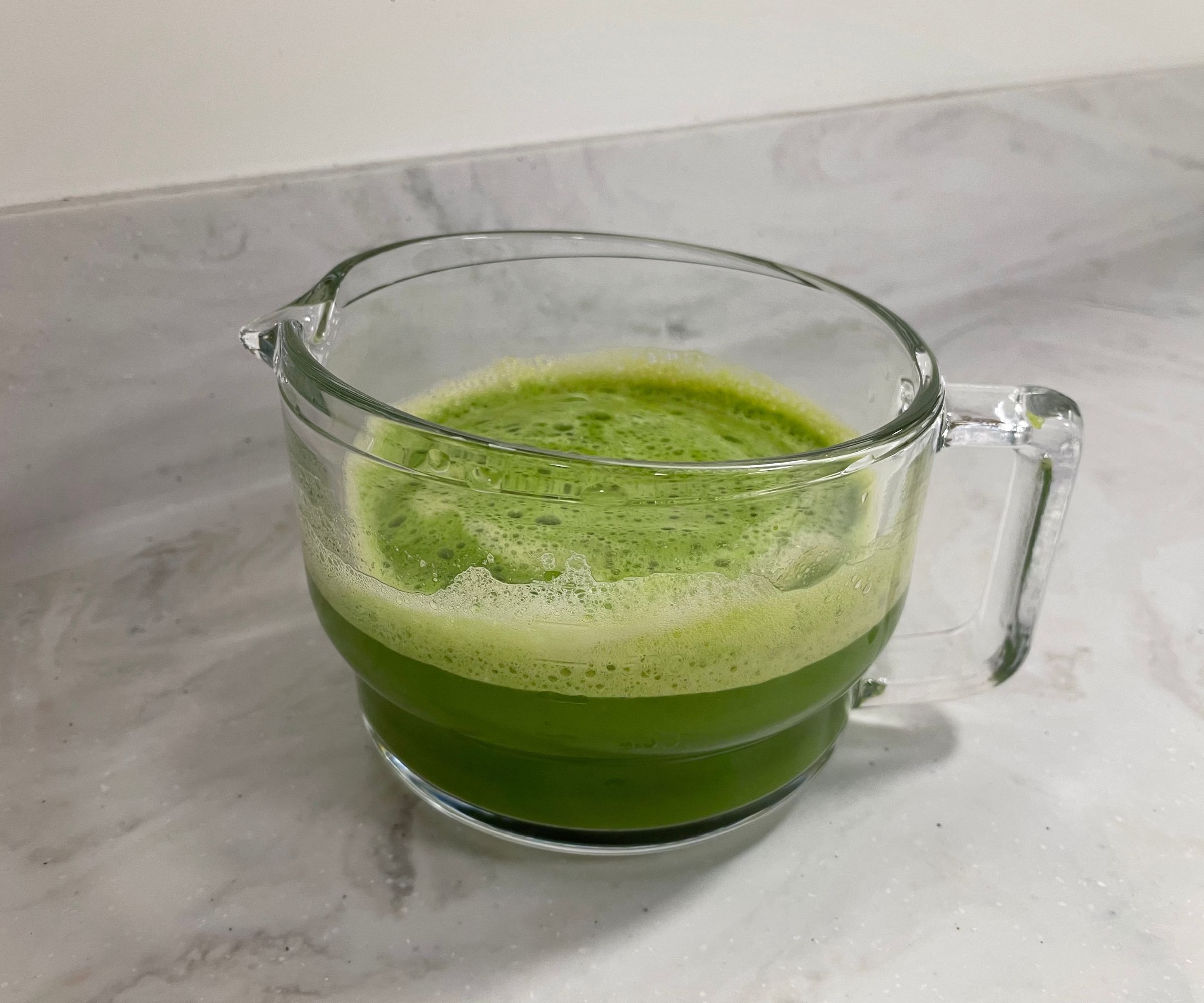
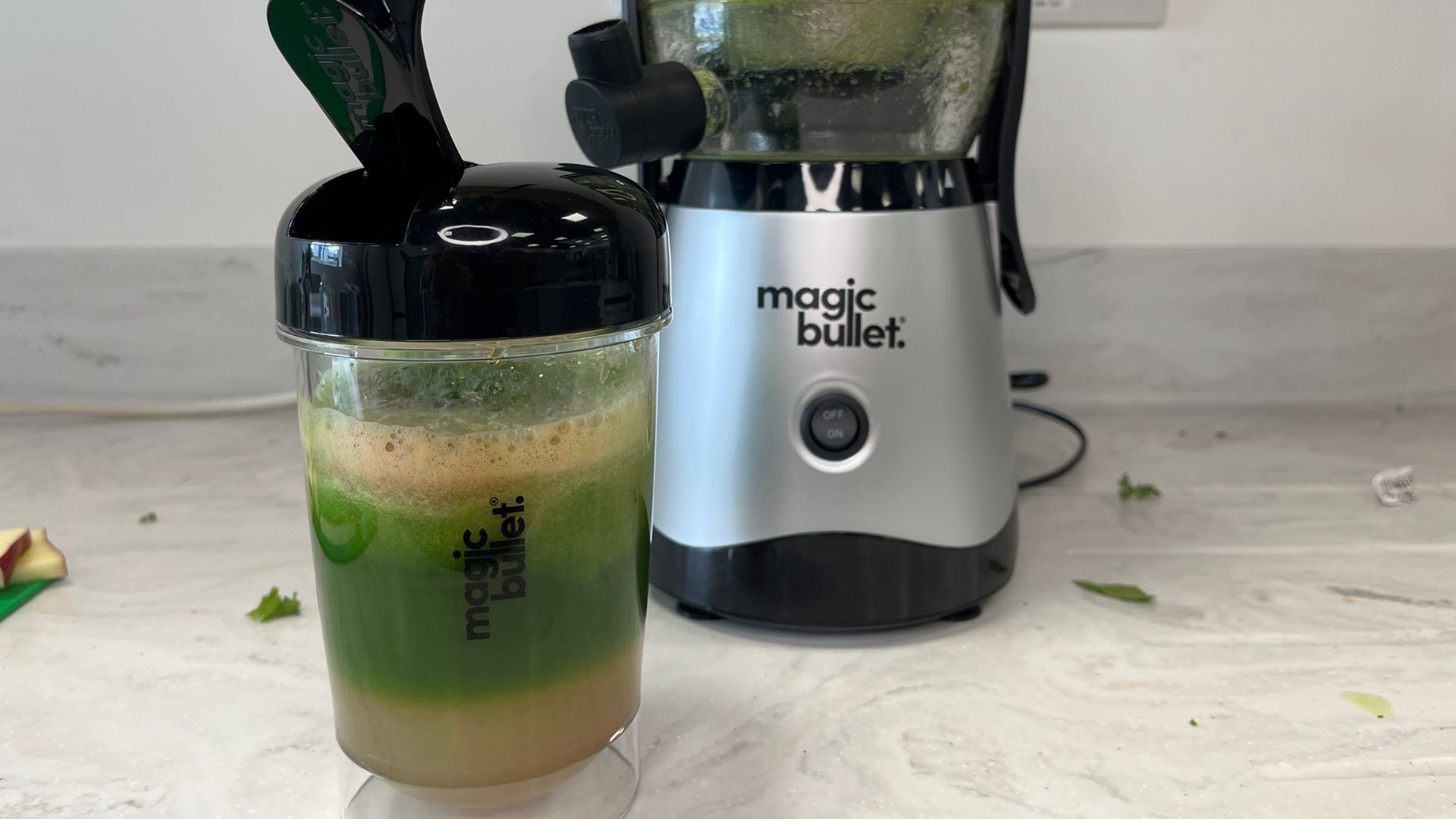
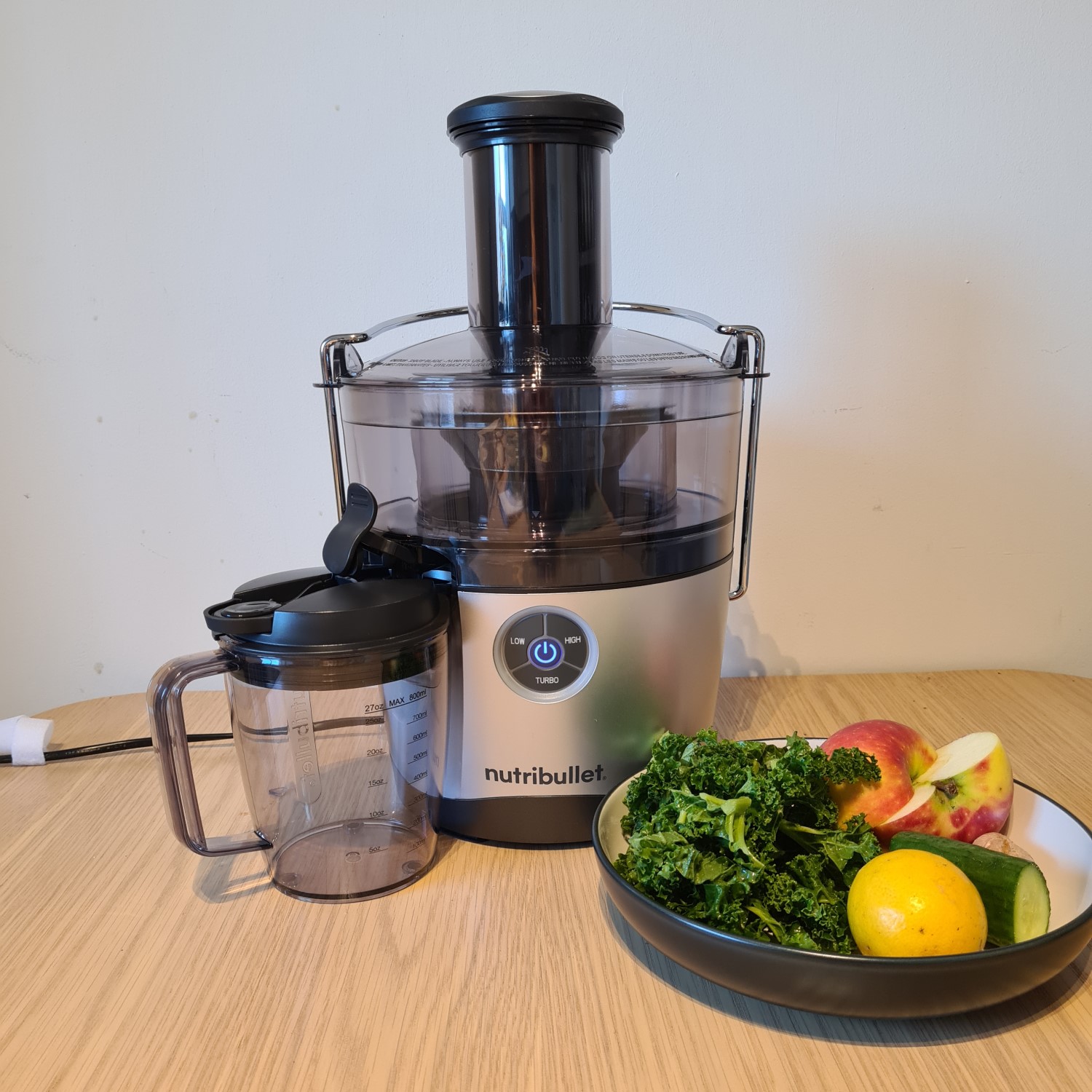
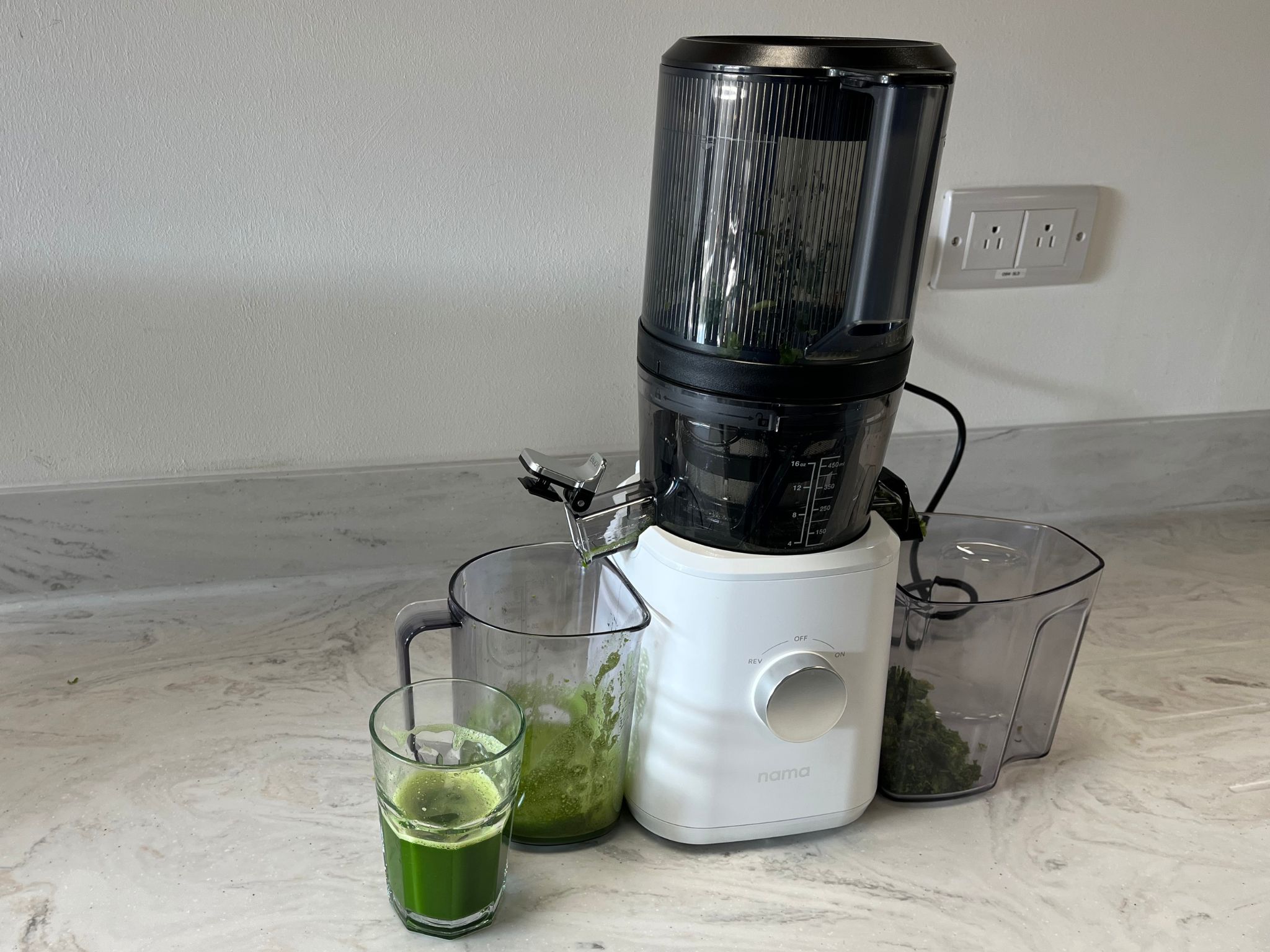
The next test for any juicer is a green juice. We know this comes in the form of a range of recipes, so we try to combine as many textures as possible. We will put two large apples, half a cucumber, and half a pound of spinach and kale into the juicer. As with orange juice, sometimes a juicer can tackle all of these ingredients at once. Other juicers will need leafy greens balled up and added separately, cucumber sliced, and apple cored and cubed.
It’s really helpful knowing how much prep you’ll need to do beforehand, but it’s even more helpful knowing what your juice will taste like. Tasty as it is, if your juice is foamy, it’s a sign that lots of air is being incorporated into your juice, which will increase the oxygen content in your juice, so it will go bad faster. Sometimes, you can almost crunch spinach and feel the fibers of ginger in your juice. This is obviously not something that you want, so our experts make thorough notes on taste, texture, yield, and what the waste pulp looks like. Too much wet waste pulp means that the juicer is inefficient. We also weight the starting fruit against the weight of the pulp, to see just how much liquid by weight the juicer can extract.
Test 3: Almond milk
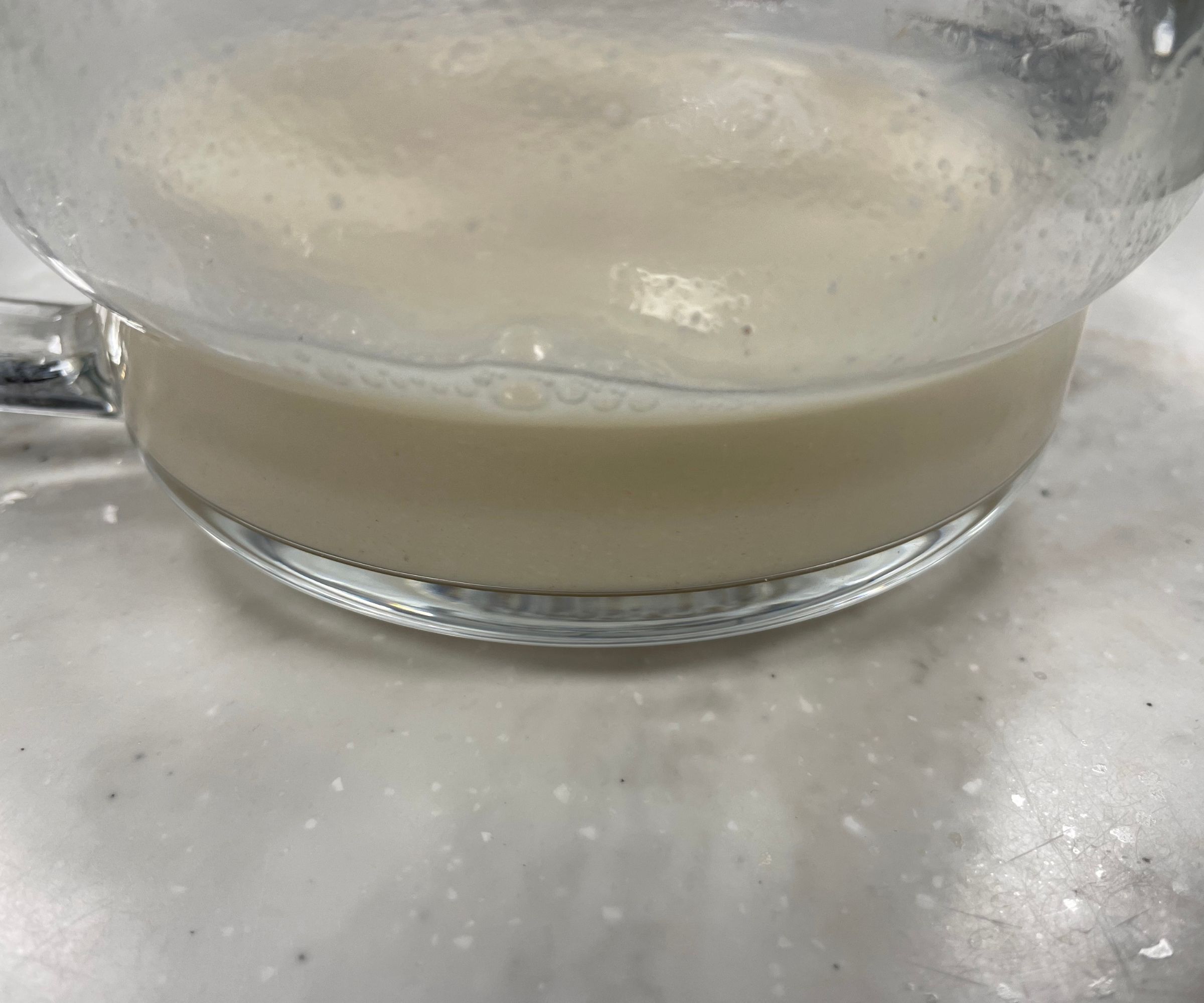
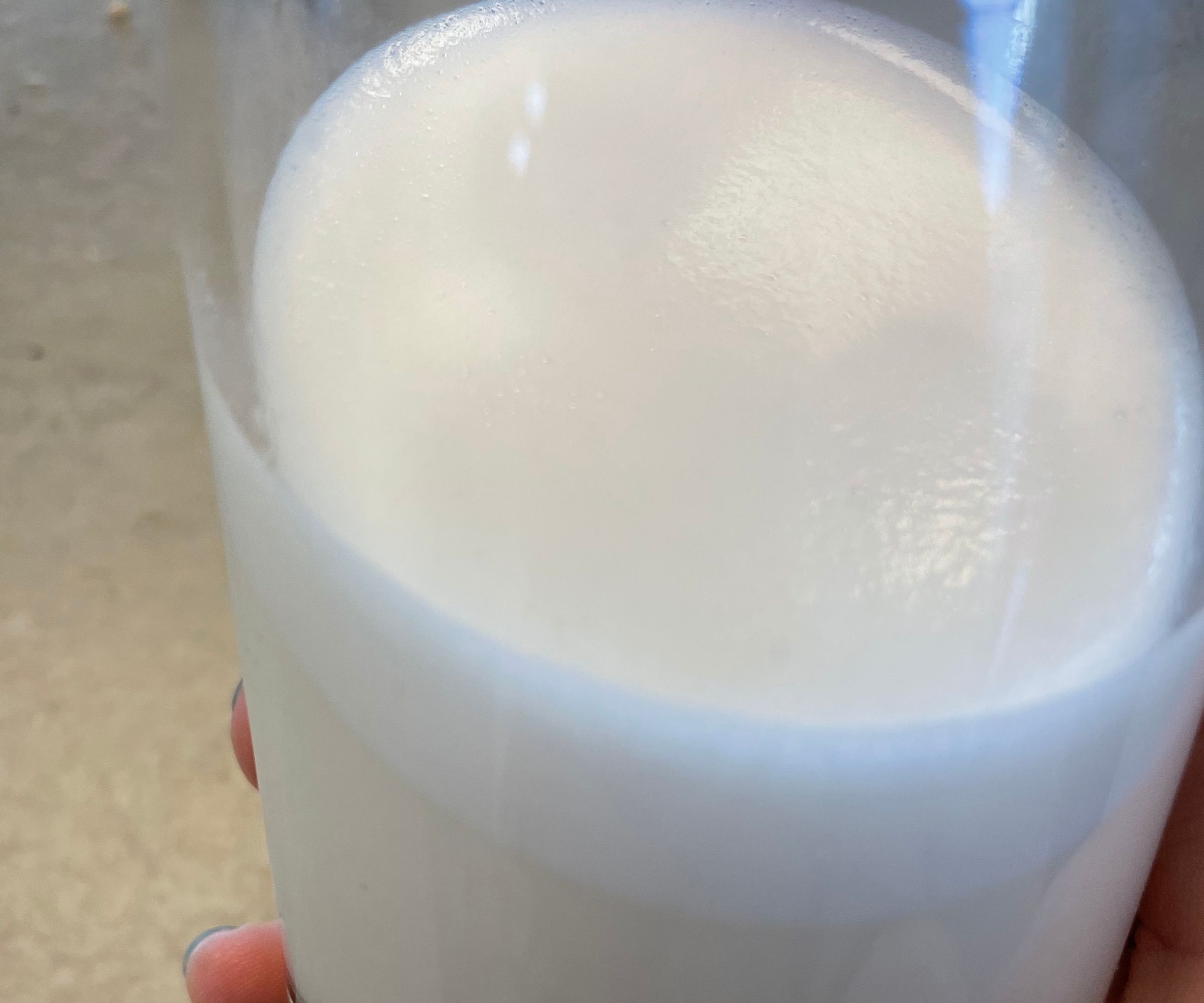
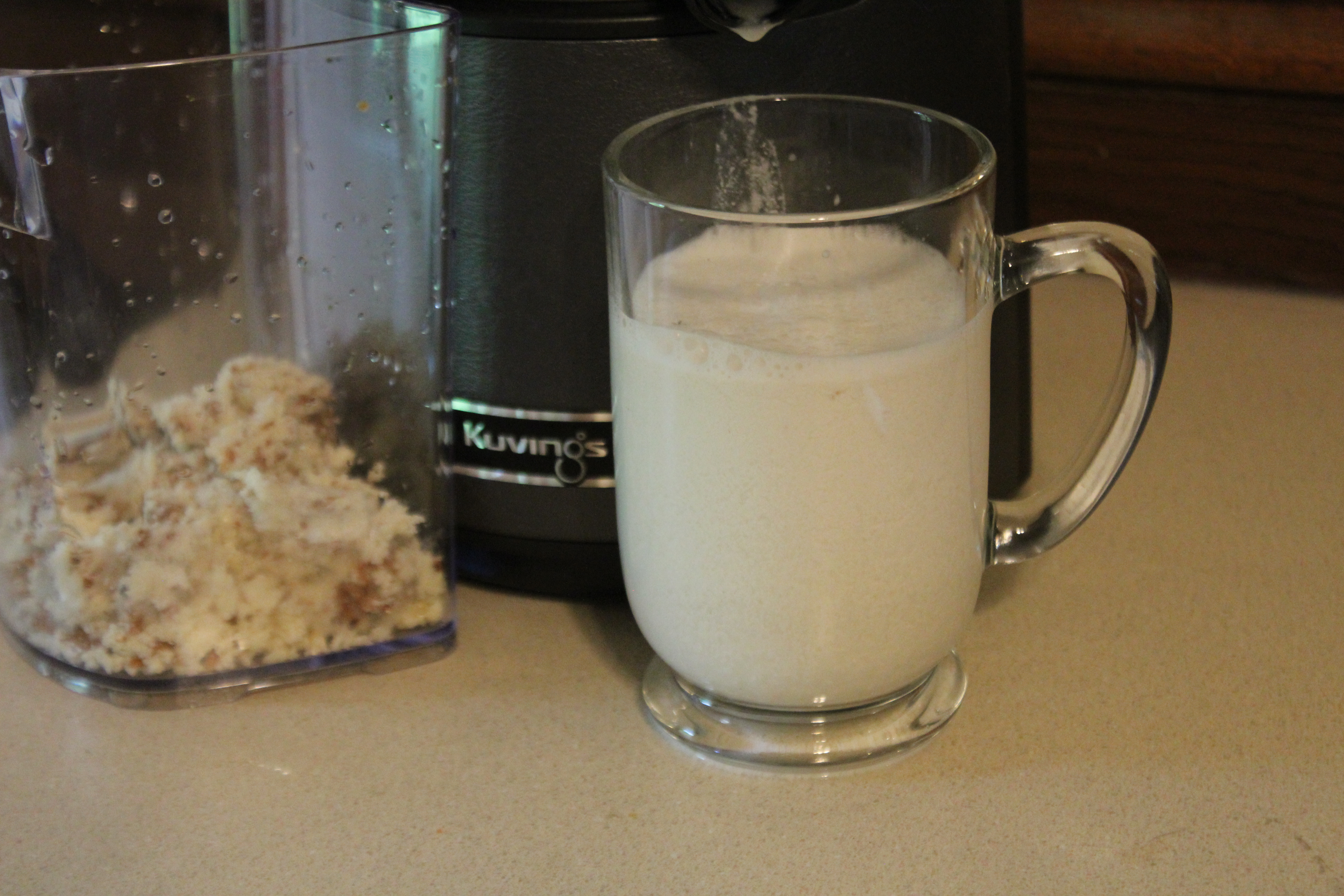
Most juicers can make nut milks, but these are by no means consistent. We generally test almond milk, because it’s the most popular nut milk to make at home and because it can be surprisingly difficult. It’s a great benchmark for how well a machine can make cashew or hazelnut milk, because, if it can do almonds, it can do anything. We soak almonds before adding them, salt, 2oz of dates, and a liter of water into our juicers.
Plenty of juicers don’t need any other input. For these models, we’ll look at the color of the milk before tasting it for flavor and texture notes. Most homemade almond milks have more textures than those you’d get from the store, but some will be incredibly smooth and creamy — better than you could buy. In the other side, some juicers will make an almond paste, which you need to mix and re-strain using a fine sieve like these, available at Walmart), but that is obviously a lot more trouble.
Test 4: sorbets and more
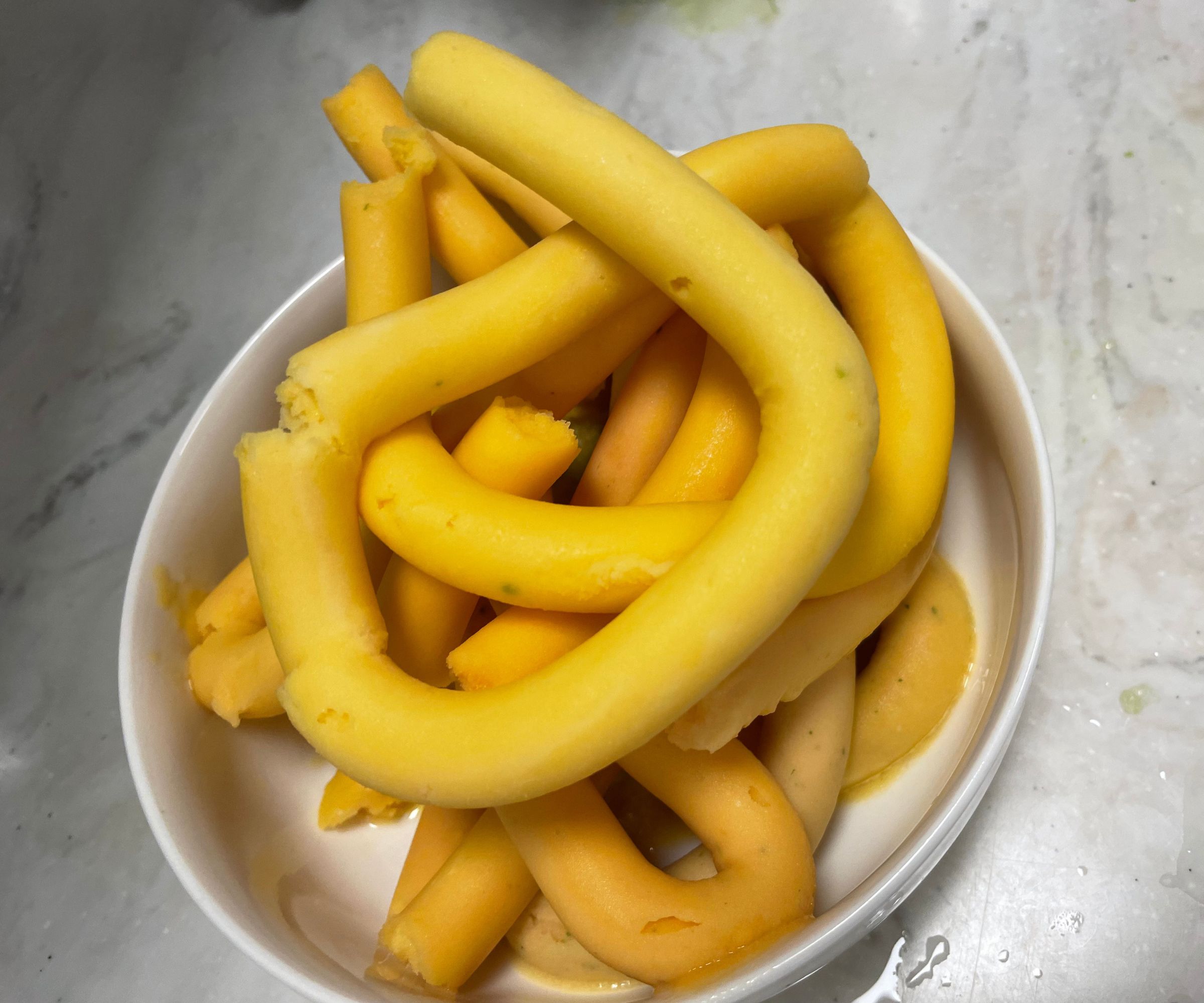

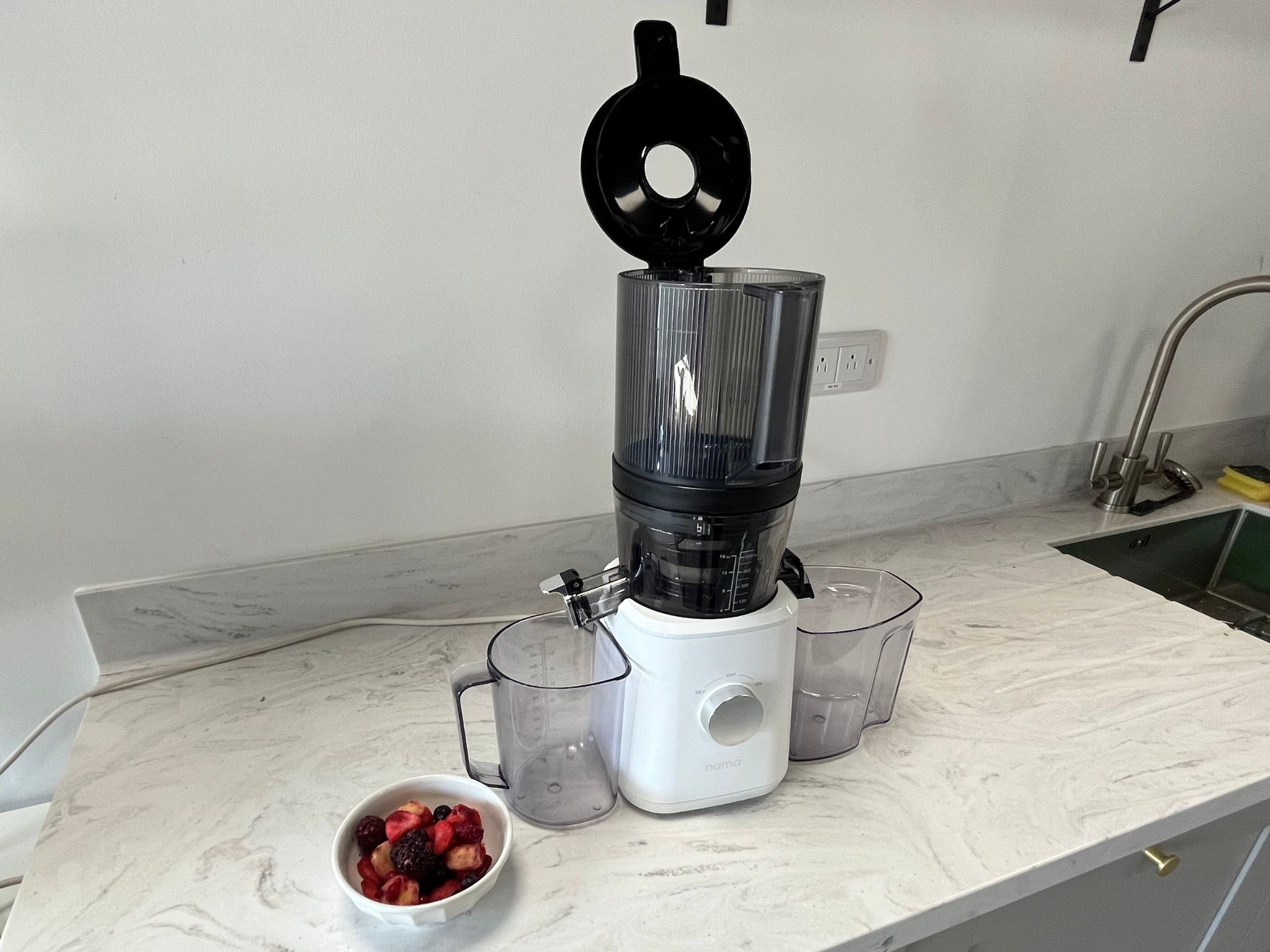
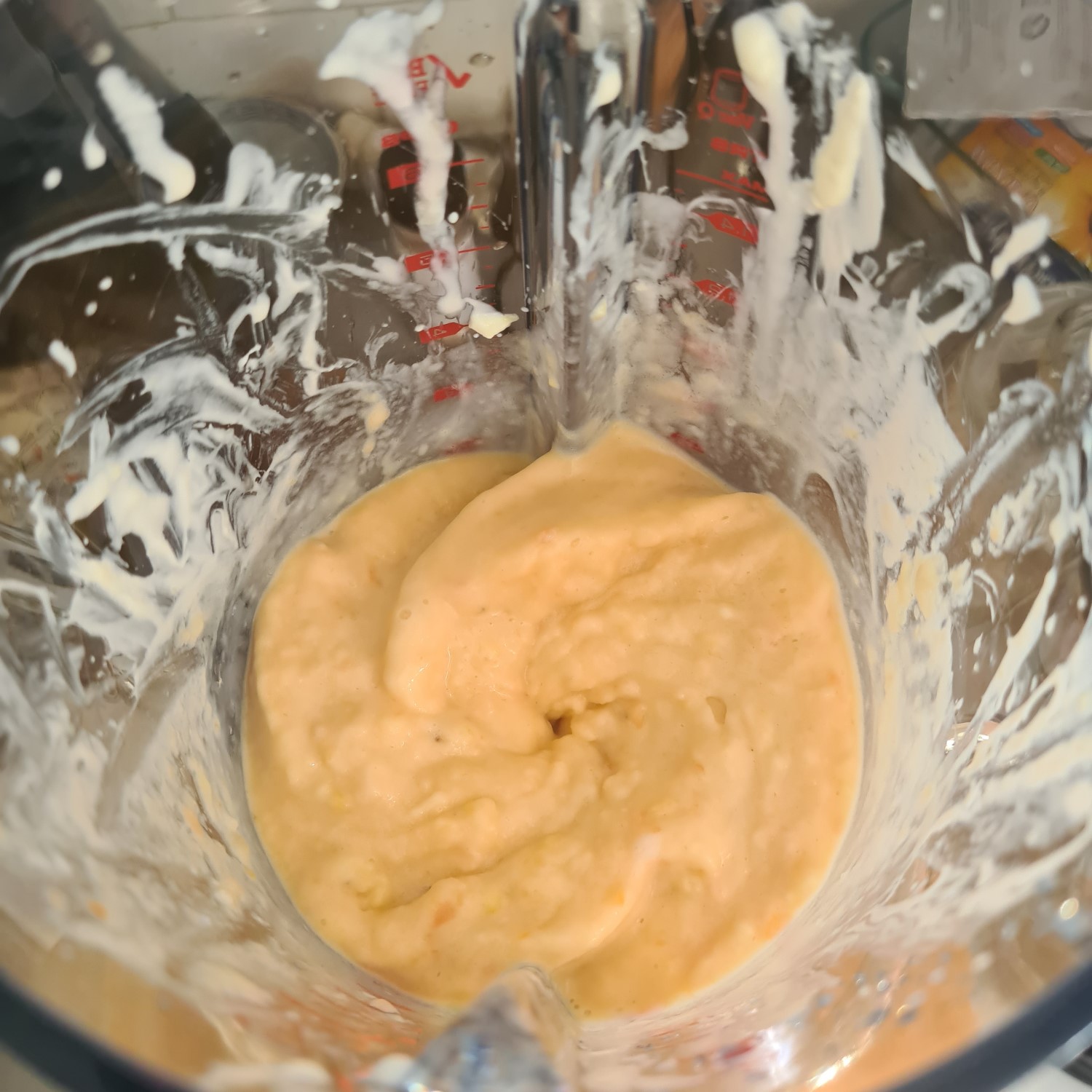
Juicers are becoming increasingly versatile and can make a wide variety of drinks and dishes. They can make smoothies, sorbets, and we’ve even seen models capable of making pate and breadsticks. If we hear about this, we'll always test it out. For sorbets and smoothies, we use frozen mixes, because that’s what most people do. As for other, special recipes, we’ll look to the manufacturer for guidance. You never know what to expect the first time you make something, except if you’ve read our reviews, because we’ll have been there, juiced that.
Cleaning
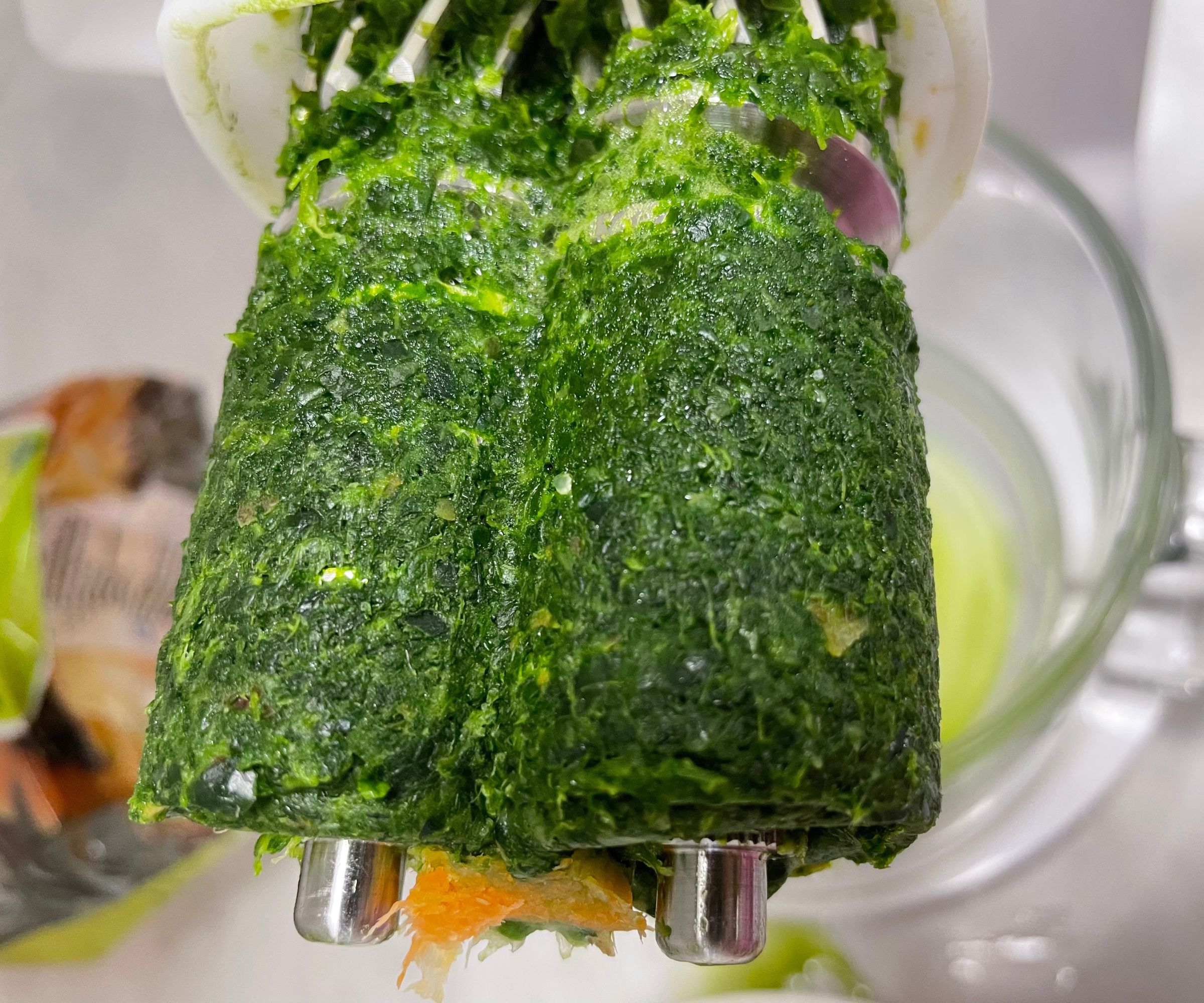
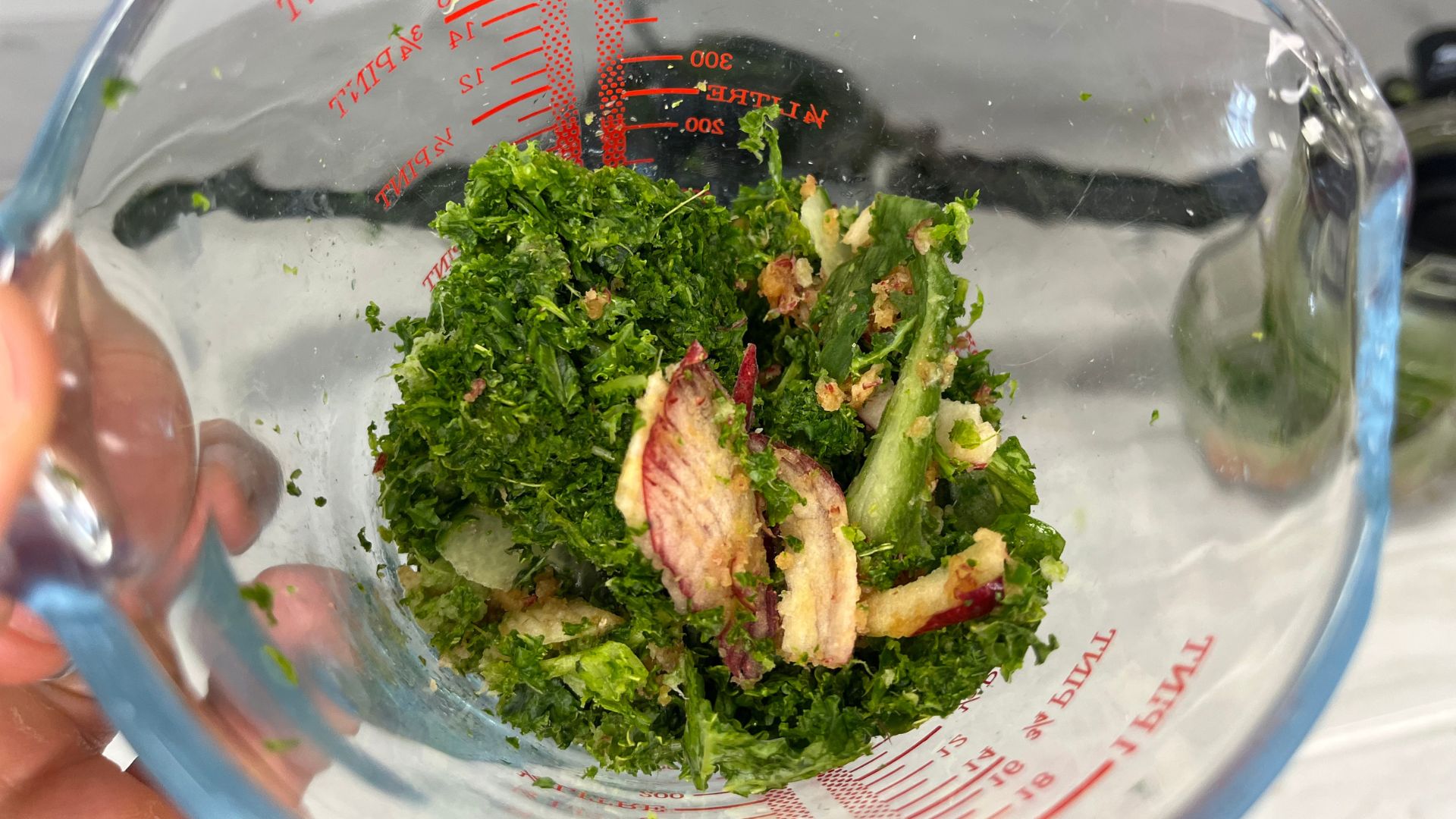
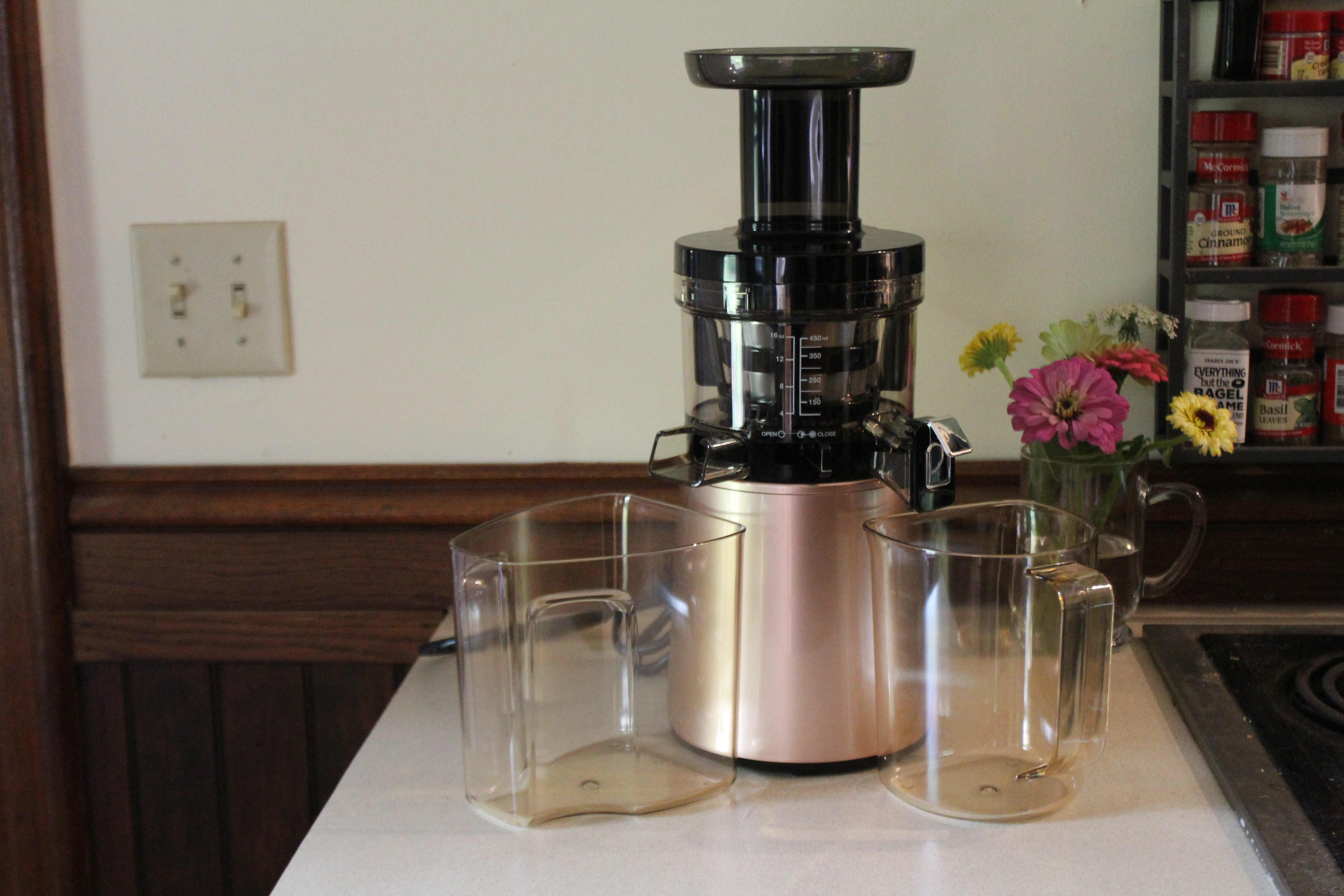
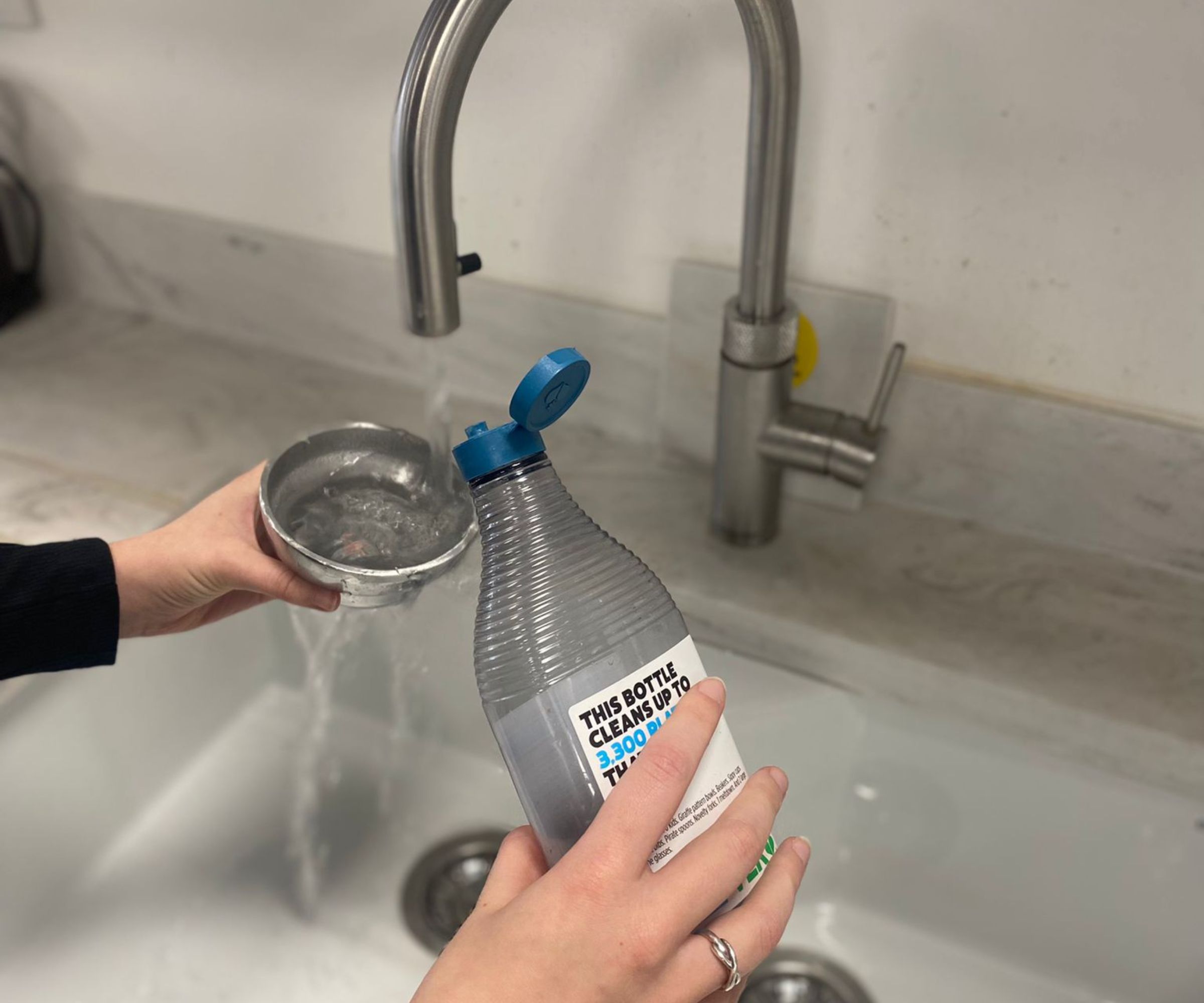
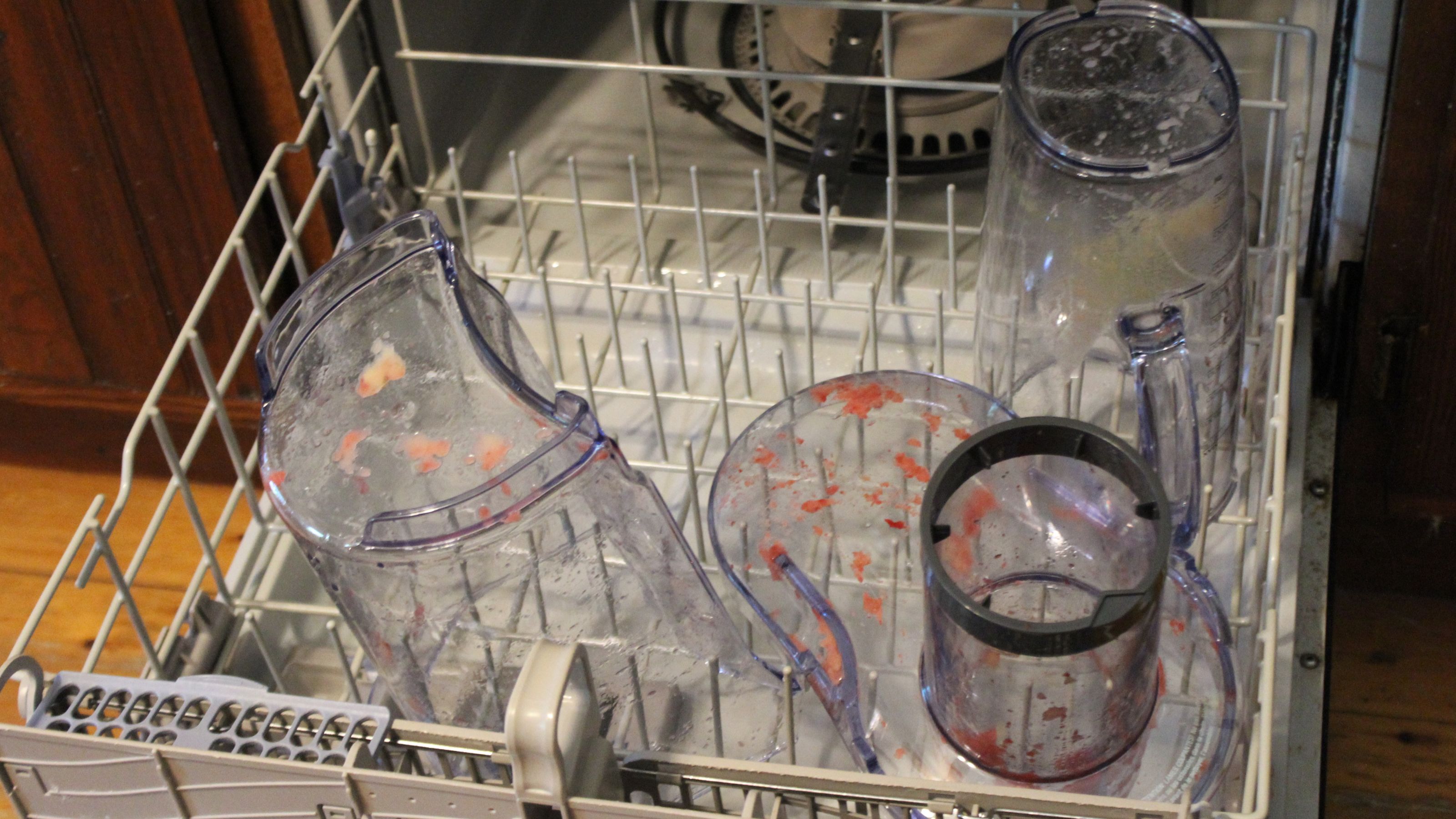
If you’re not a keen cleaner, the thought of washing up can be enough to stop you from using your juicer. We’ll research which parts are dishwasher safe and which need a bit more attention in the sink. Lots of juicers come with brushes and wands to help you reach every crack and crevice where pulp could stick, so we will also let you know how effective these are.
Assembly and disassembly are also crucial components of the clean-up process. If something is pernickety, has the potential of losing parts, or cutting yourself, we’ll let you know.
Some brands will also offer advice on what to do with the pulp. Our team of experts have already written a list of suggestions for what to do with juicer pulp, but we are always open to new suggestions and ideas, so we’ll let you know what we do with them in the aftermath of cleaning.
Storage
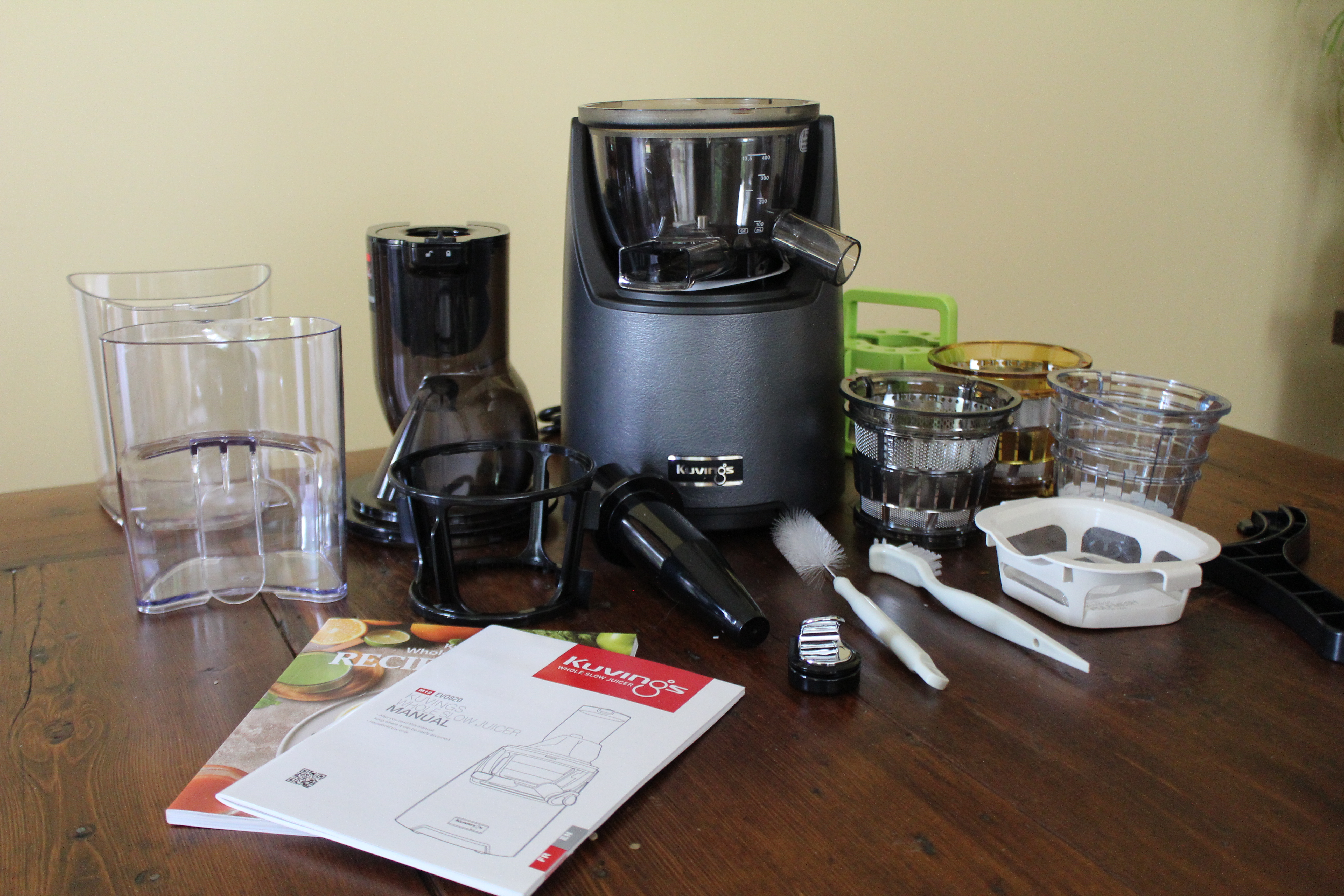

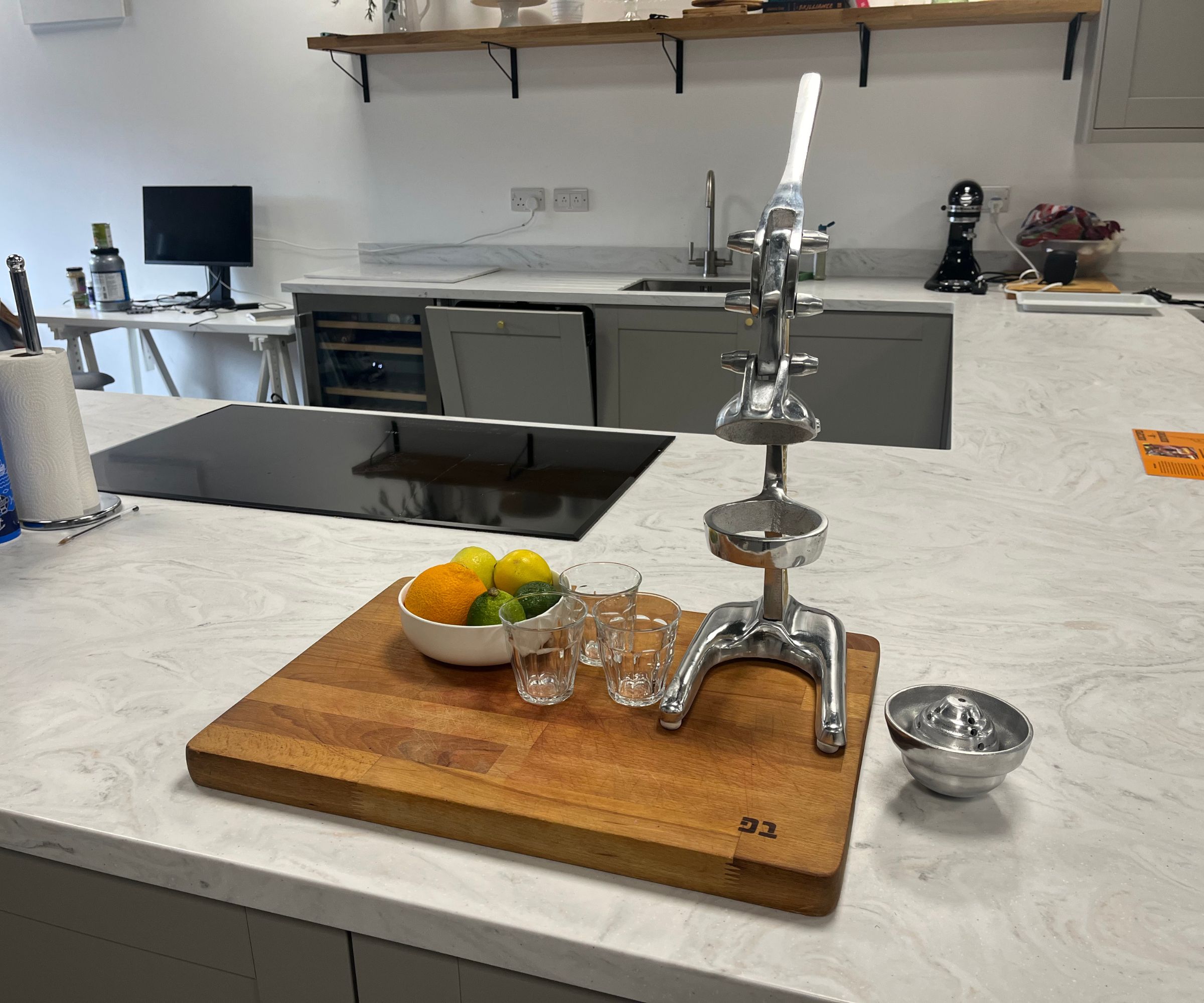
Juicers are the most important part of some kitchens and only an additional appliance in others, so we think it’s important that you consider your space and where this will work in your kitchen.
In this section, we let you know whether it’s a good fit for a permanent spot on the countertop. If it’s too tall to clear wall cupboards, we’ll tell you. If it’s too heavy to lift up, we’ll also let you know. On the other hand, if there are smart storage options, we’re here to praise them. No design feature goes unrewarded.
User reviews
You don't just have to take our word for it, here we draw on customer reviews as well as what other experts are saying online. We'll collate what everyone else is saying, so if there's something we've missed or there's something you'll only notice months later, we can tell you about this here. The best part about bringing together what other people think is that we can draw on a really vast range of contexts which we wouldn't otherwise have had the time or resources to look in to. We can almost guarantee that you'll find someone like you who's already used and left feedback on the juicer.
Value and warranty
As dedicated juicer experts, our teams are in the best position to offer you a comparison between the juicer you're reading about and the rest of the market. We've tested everything: juicer-blender combinations, slow juicers, masticating juicers, centrifugal juicers, compact juicers, twin-gear juicers and even borderline commercial juicers. You name it, our experts have juiced with it.
Our standardized tests have been tackled by every model we've reviewed, making it easy for us to directly compare between juicers. We can let you know performance, price, and aesthetic differences without making other confusing operations which aren't relevant. We think its important to have choice, but don't think you need to be overwhelmed by it.
Value and warranty
Juicers are an investment and so we think it's important to distinguish whether they're good value or not. A good juicer should have at least two years of warranty guarantees and they should be worth every dollar. We don't mind a high price tag, as long as the performance warrants it. Likewise, if a model is cheap, there's no point in us dwelling on the fact that it feels cheaper than a model ten times the price. We'll let you know, but we won't base our whole review about it.
Sign up to the Homes & Gardens newsletter
Design expertise in your inbox – from inspiring decorating ideas and beautiful celebrity homes to practical gardening advice and shopping round-ups.

Laura is our eCommerce editor. As a fully qualified barista, she's our expert in all things coffee and has tested over thirty of the best coffee makers on the market. She has also interviewed Q-Graders and world-leading experts in the coffee industry, so has an intimate knowledge of all things coffee. Before joining Homes & Gardens, she studied English at Oxford University. Whilst studying, she trained as a master perfumer and worked in the luxury fragrance industry for five years. Her collection of home fragrance is extensive and she's met and interviewed five of the world's finest perfumers (also known as 'noses'). As a result of this expansive fragrance knowledge, she always puts quality and style over quantity and fads. Laura looks for products which have been designed simply and with thoughtful finishes.
-
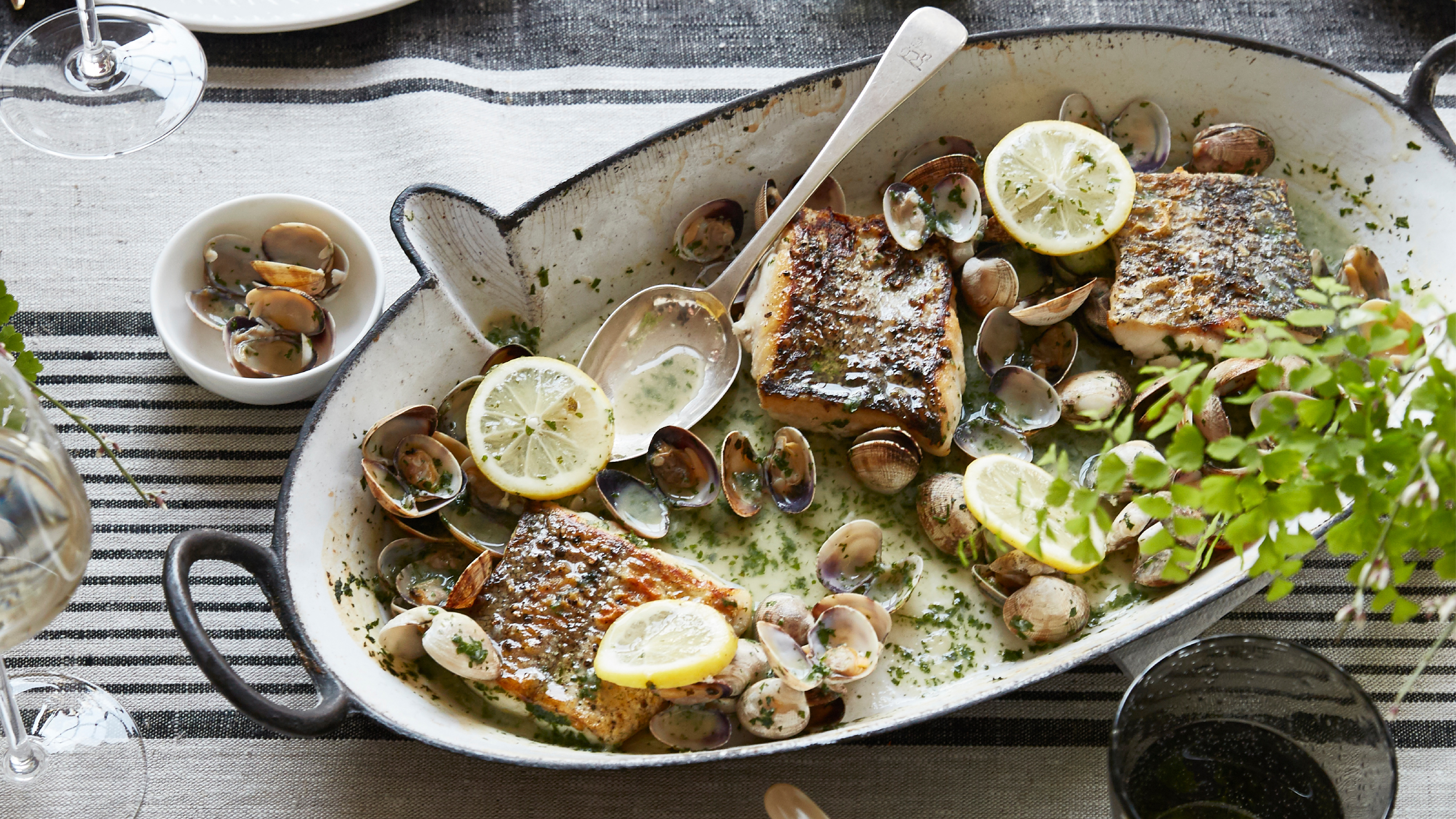 Hake and clams in parsley and wine sauce
Hake and clams in parsley and wine sauceThis one-pan hake and clams recipe is light, flavourful and made for spring — perfect for impressing Easter guests without the stress
By Alice Hart
-
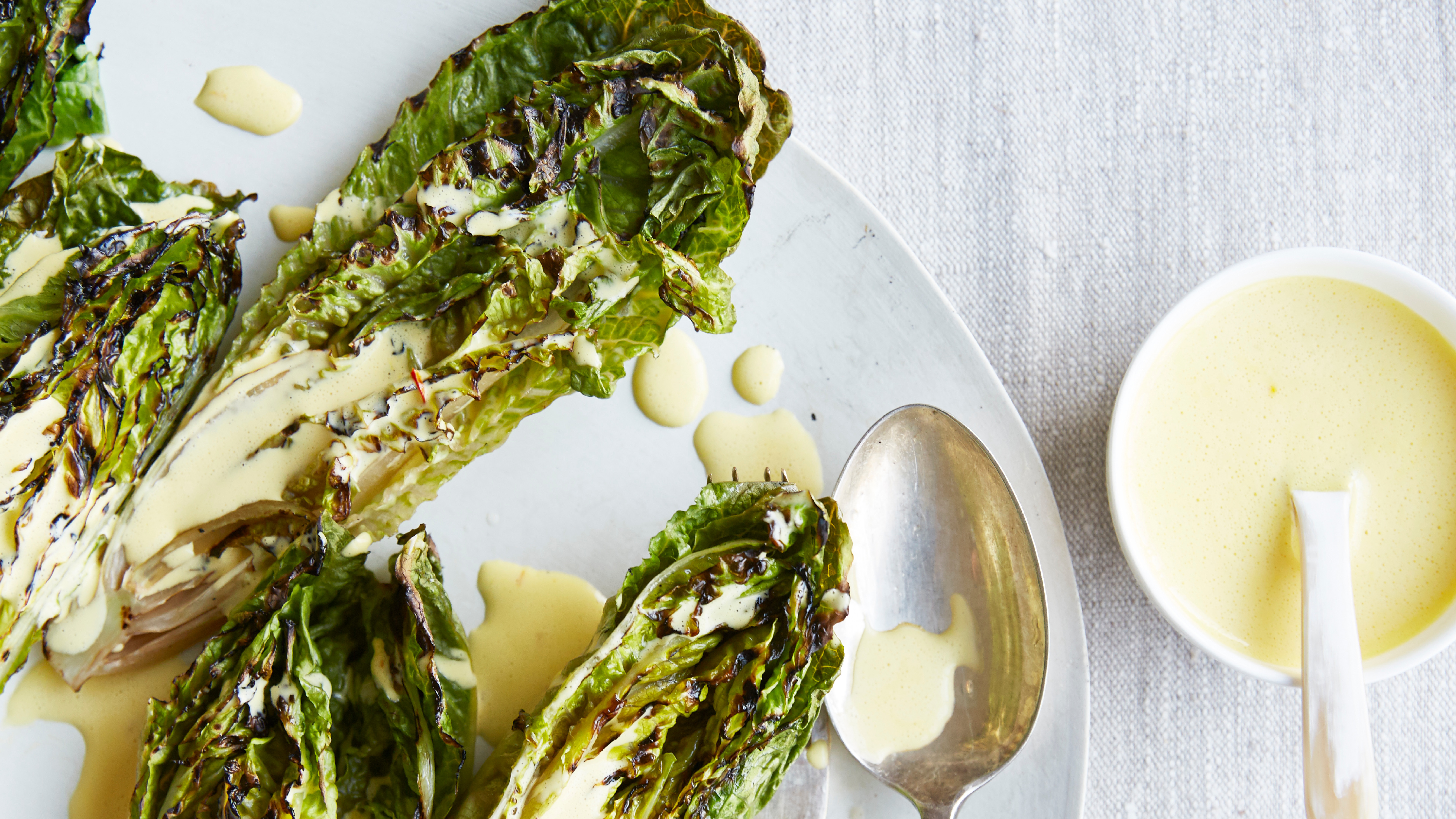 Charred little gem with saffron dressing
Charred little gem with saffron dressingThis recipe with charred little gem is both easy to make and sure to impress guests. It's the perfect side for fresh spring menus
By Alice Hart